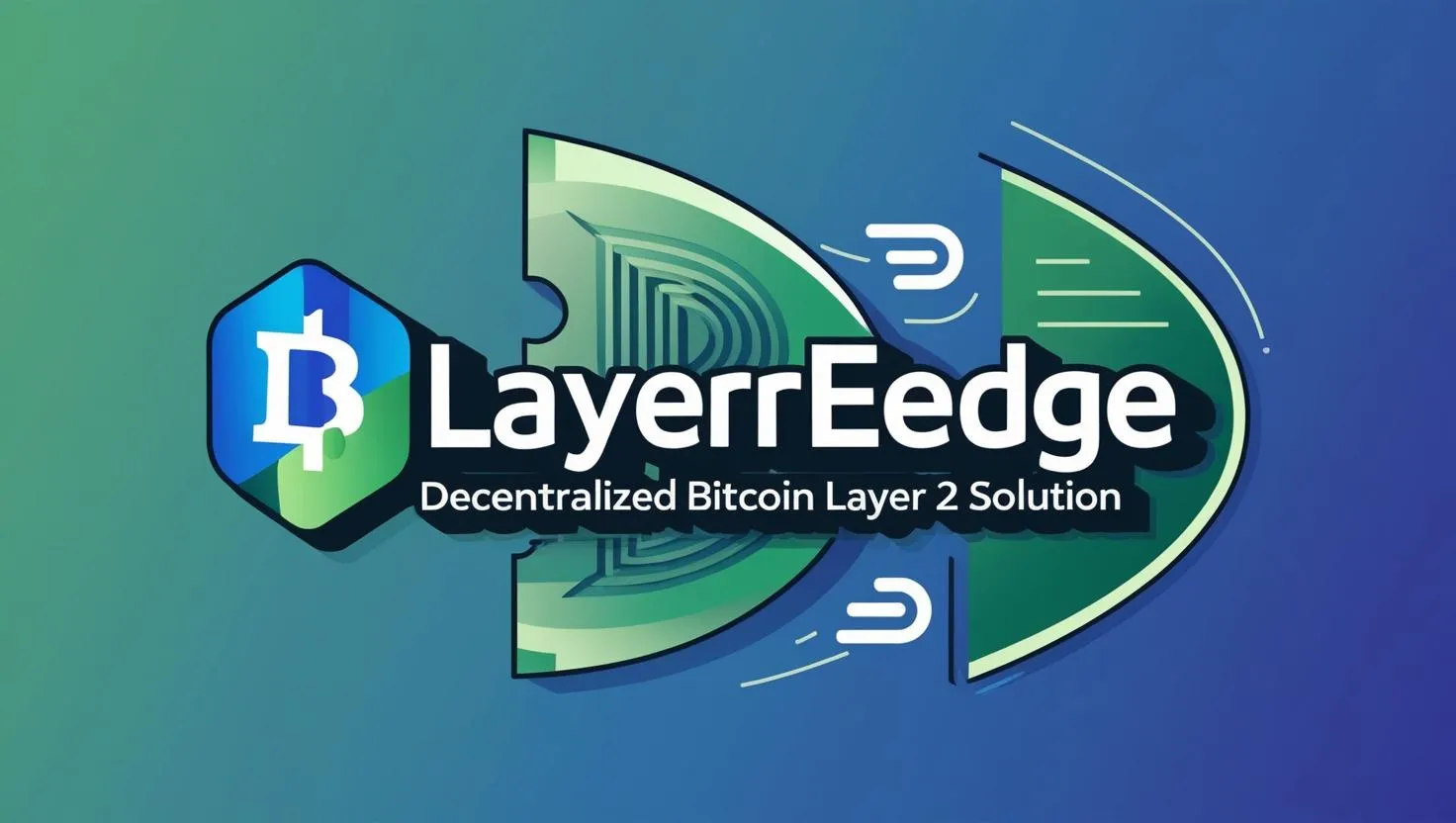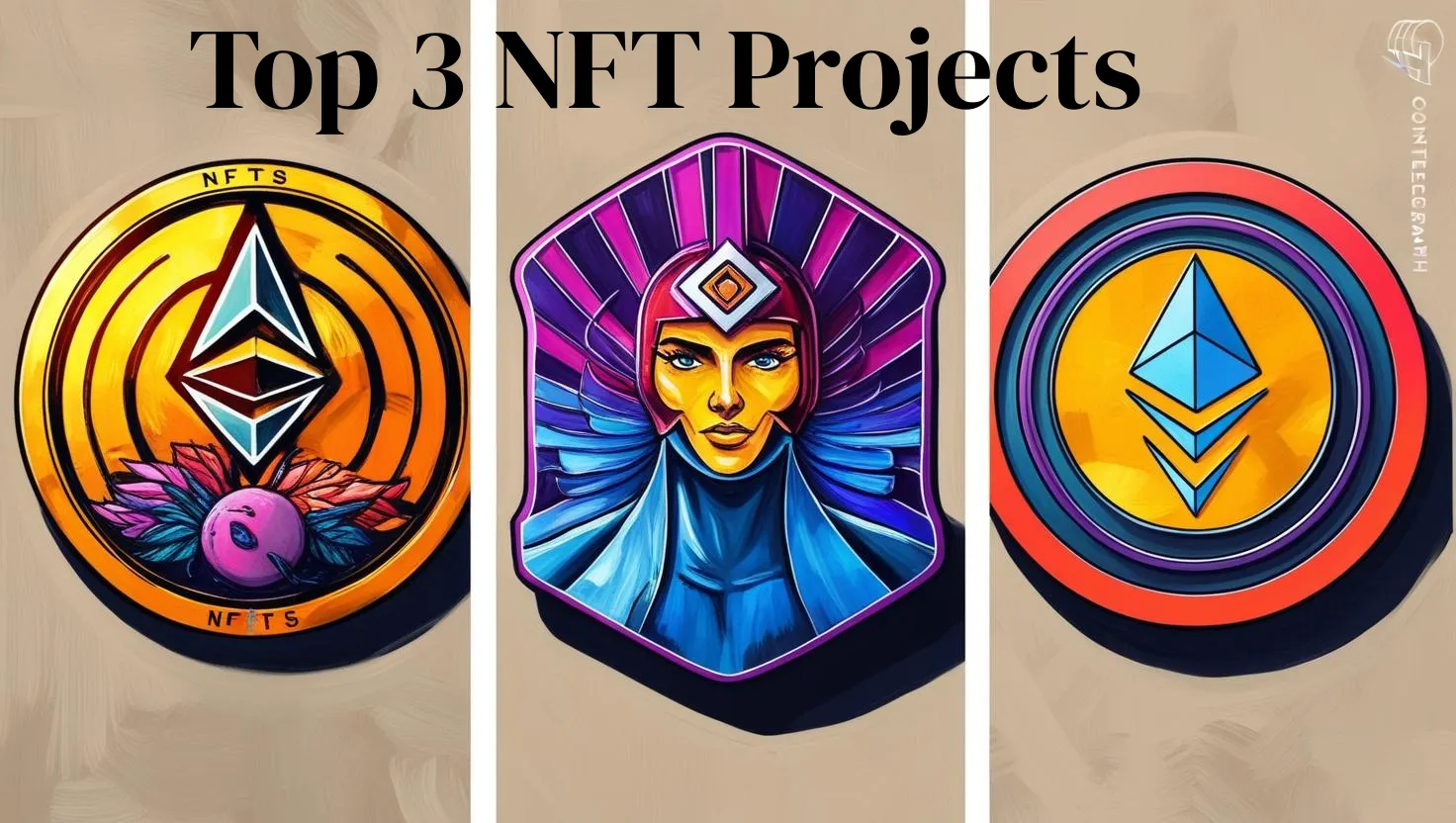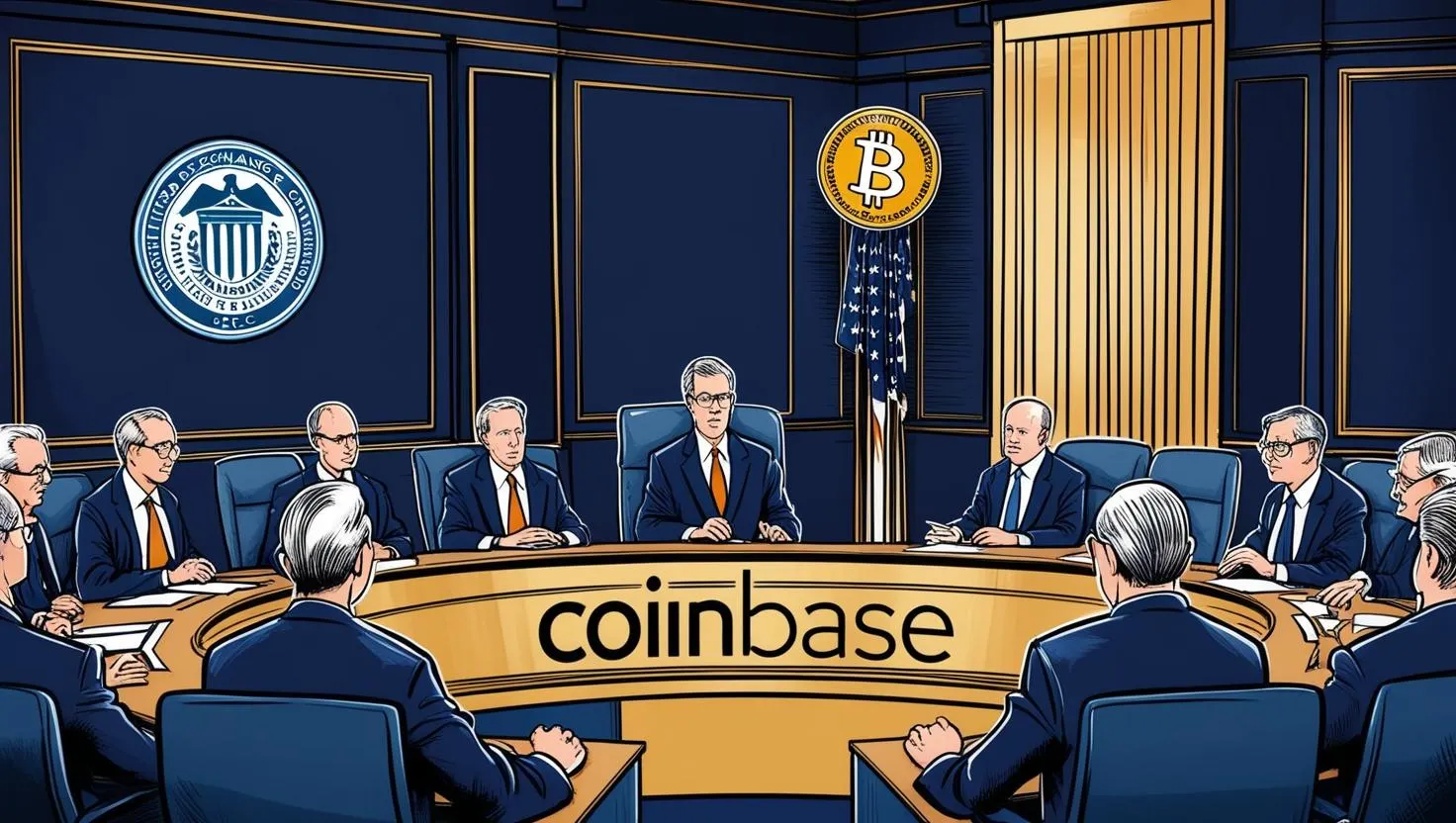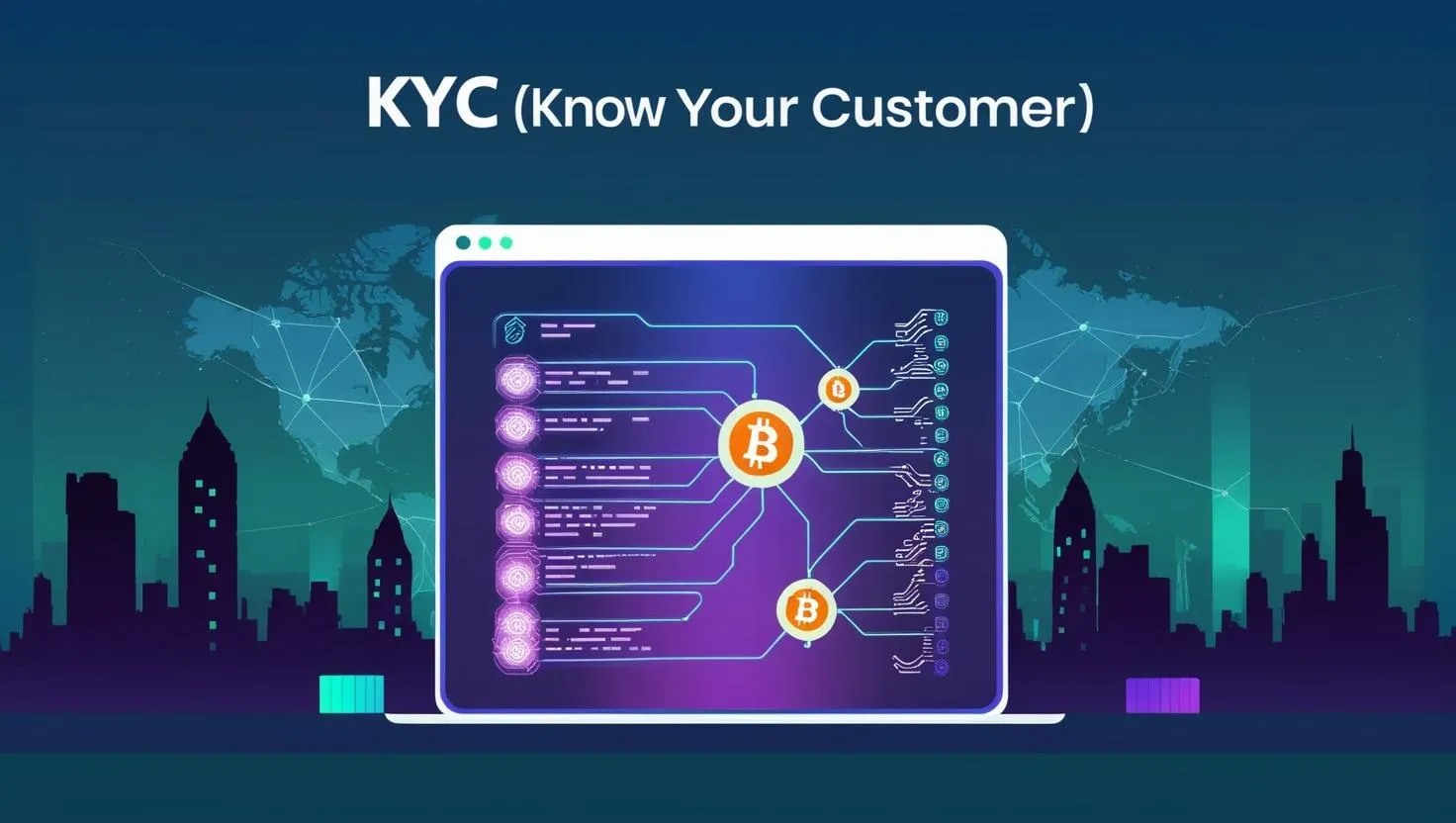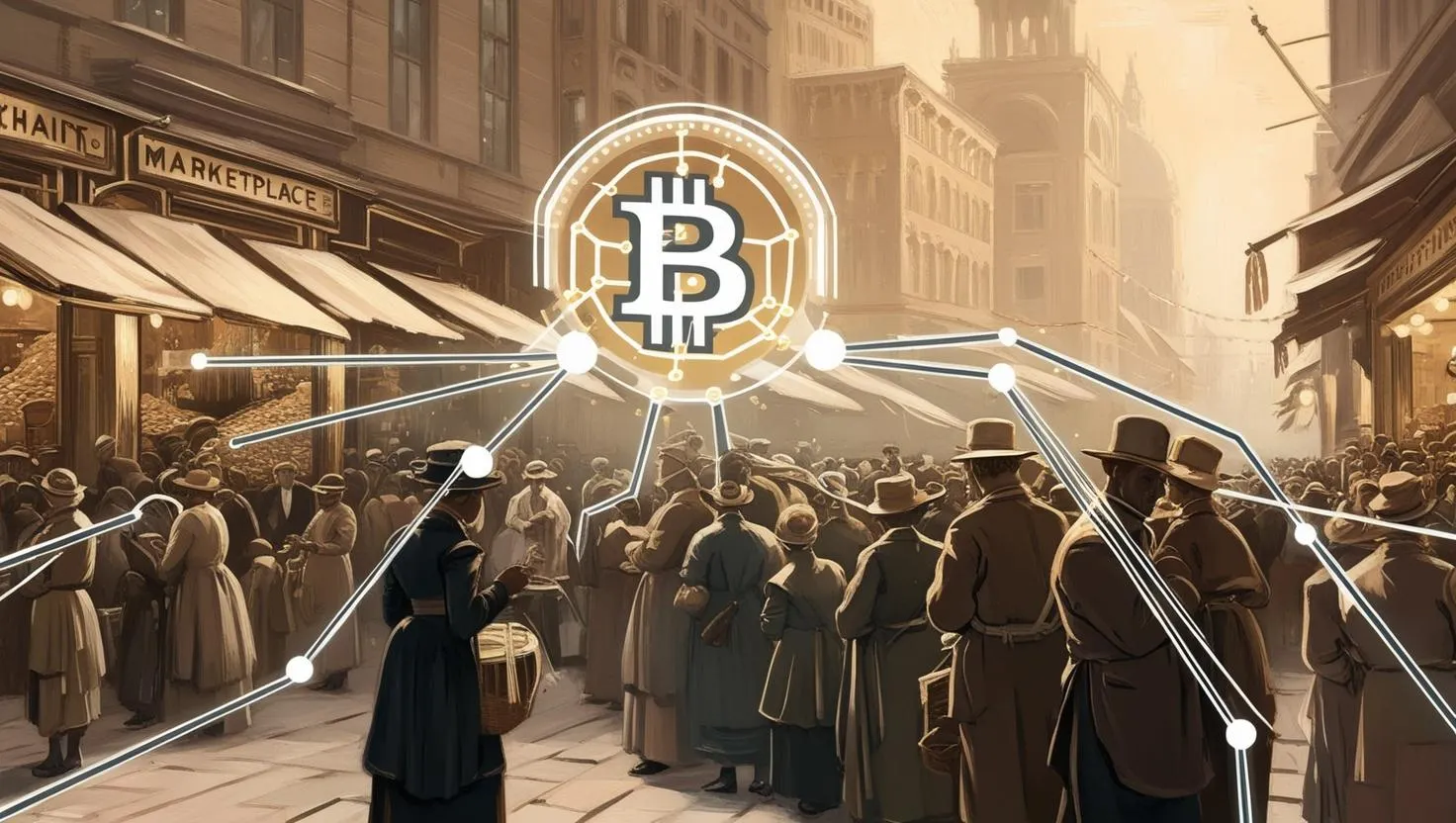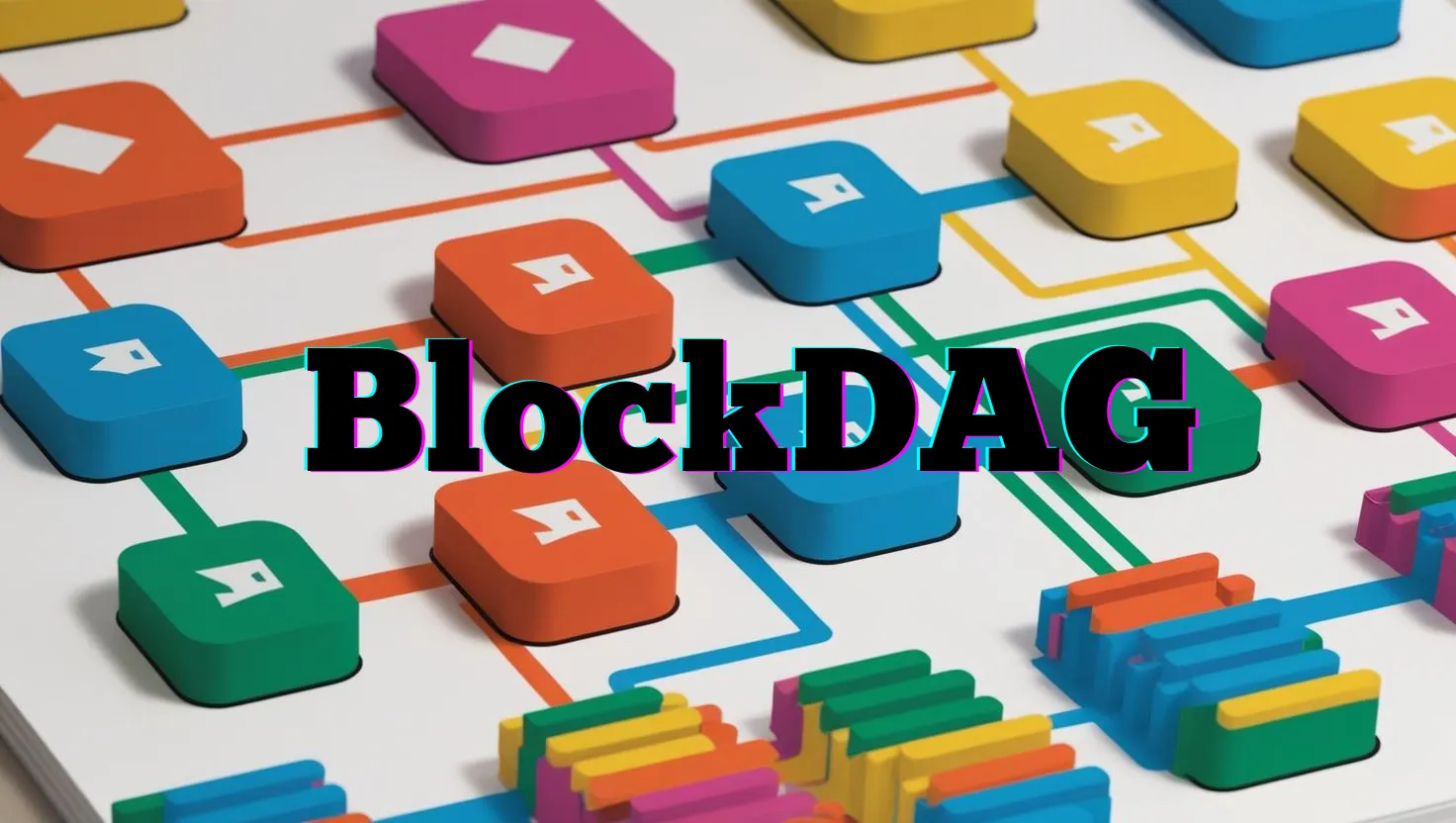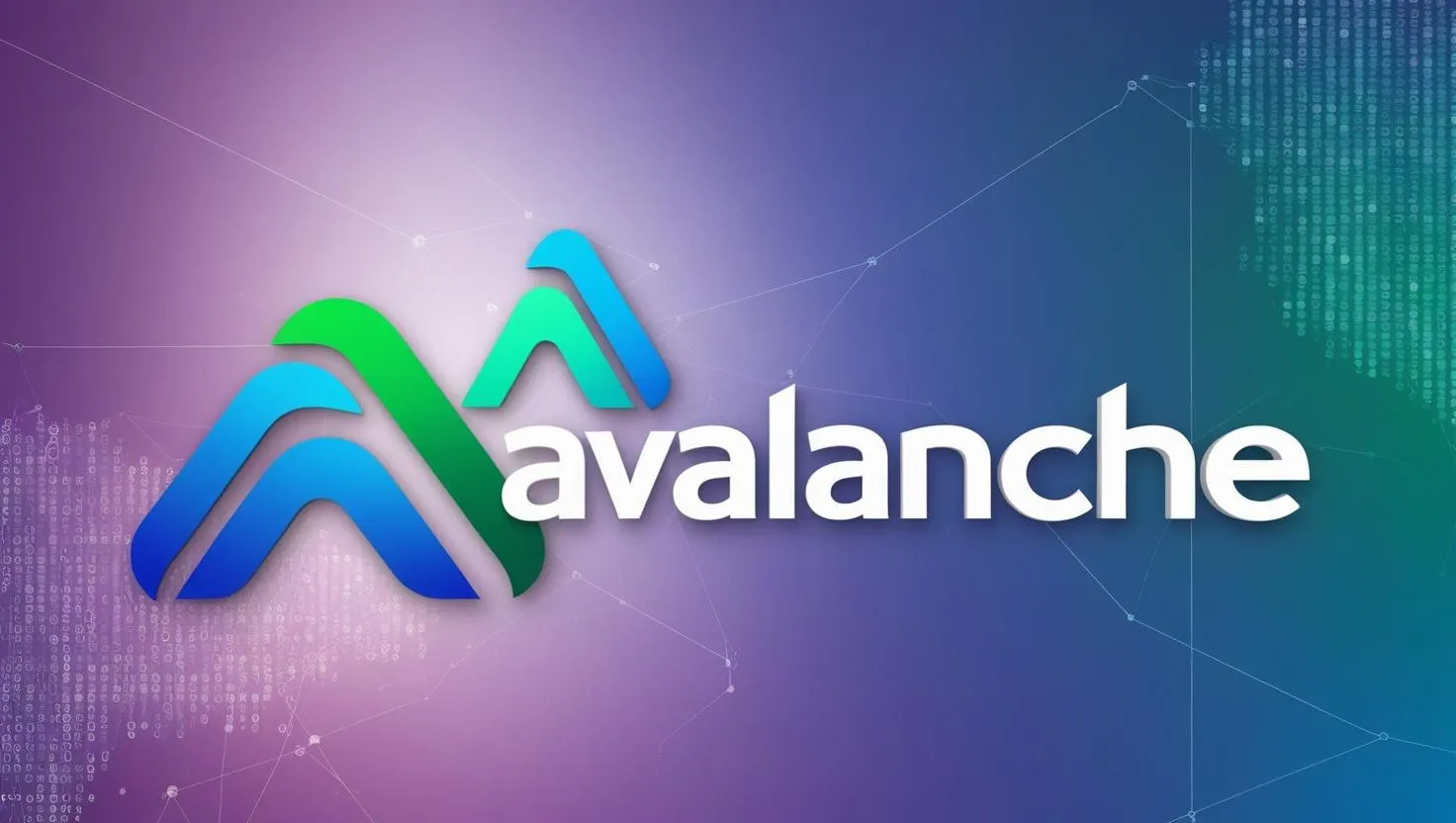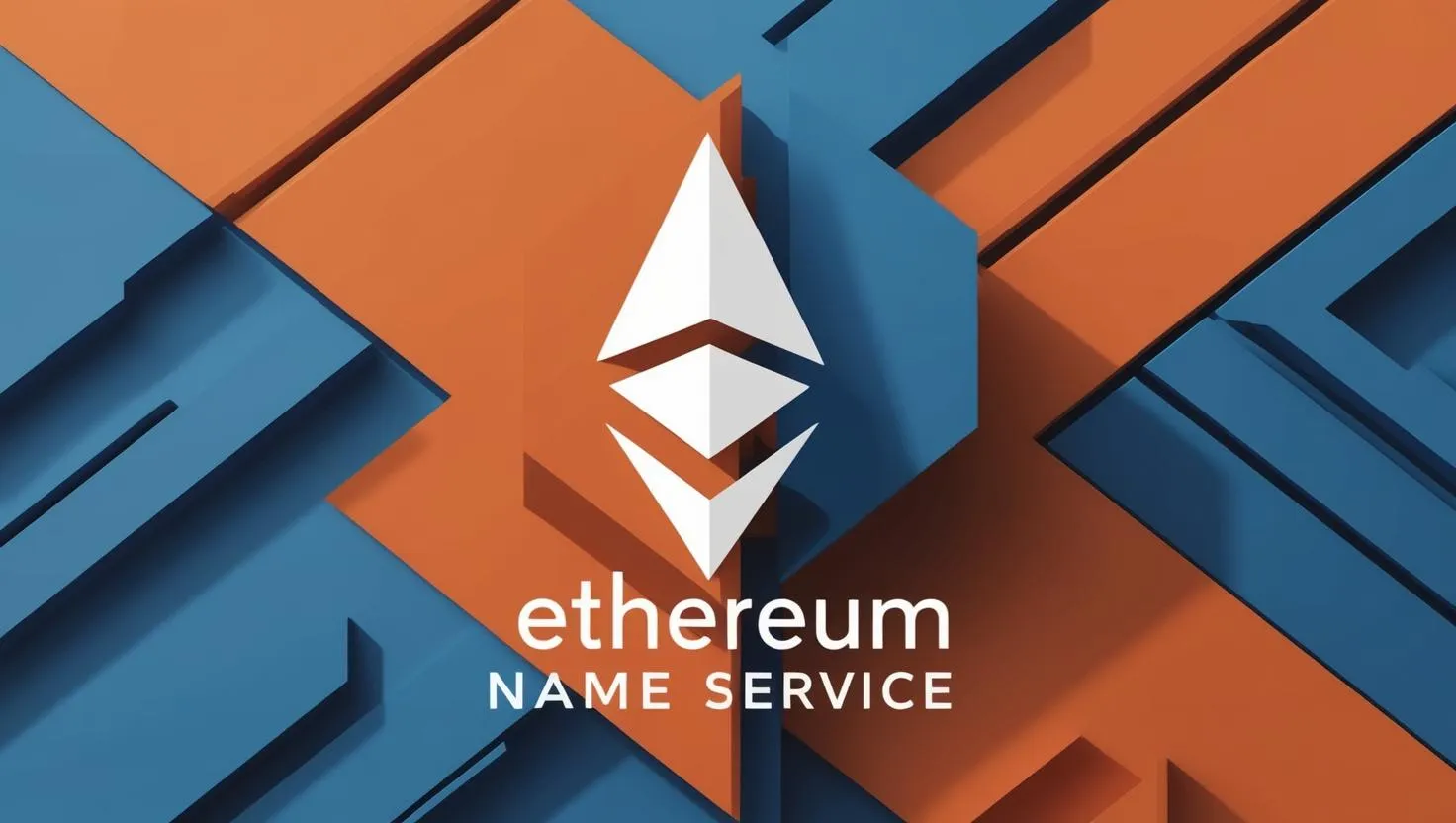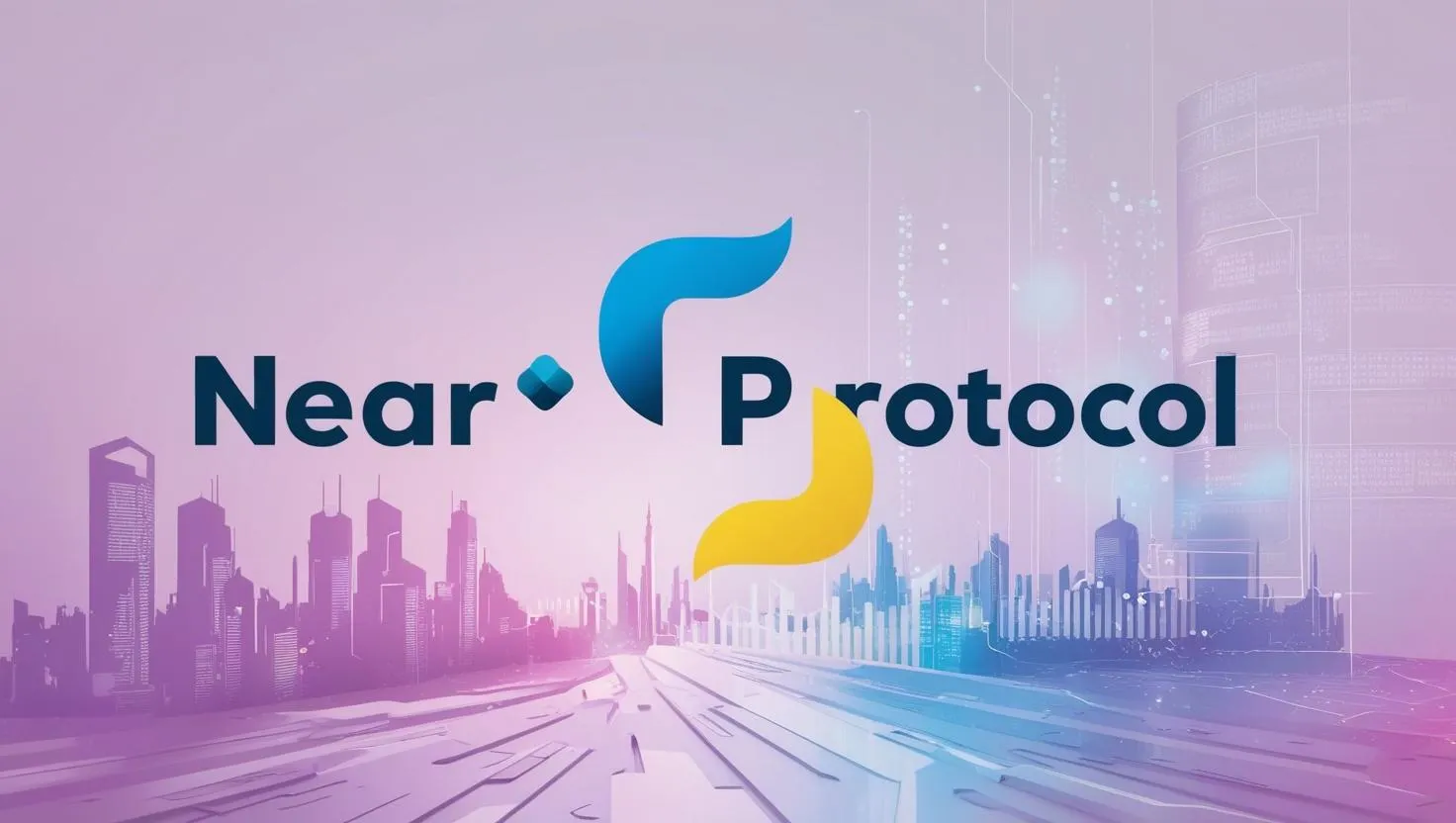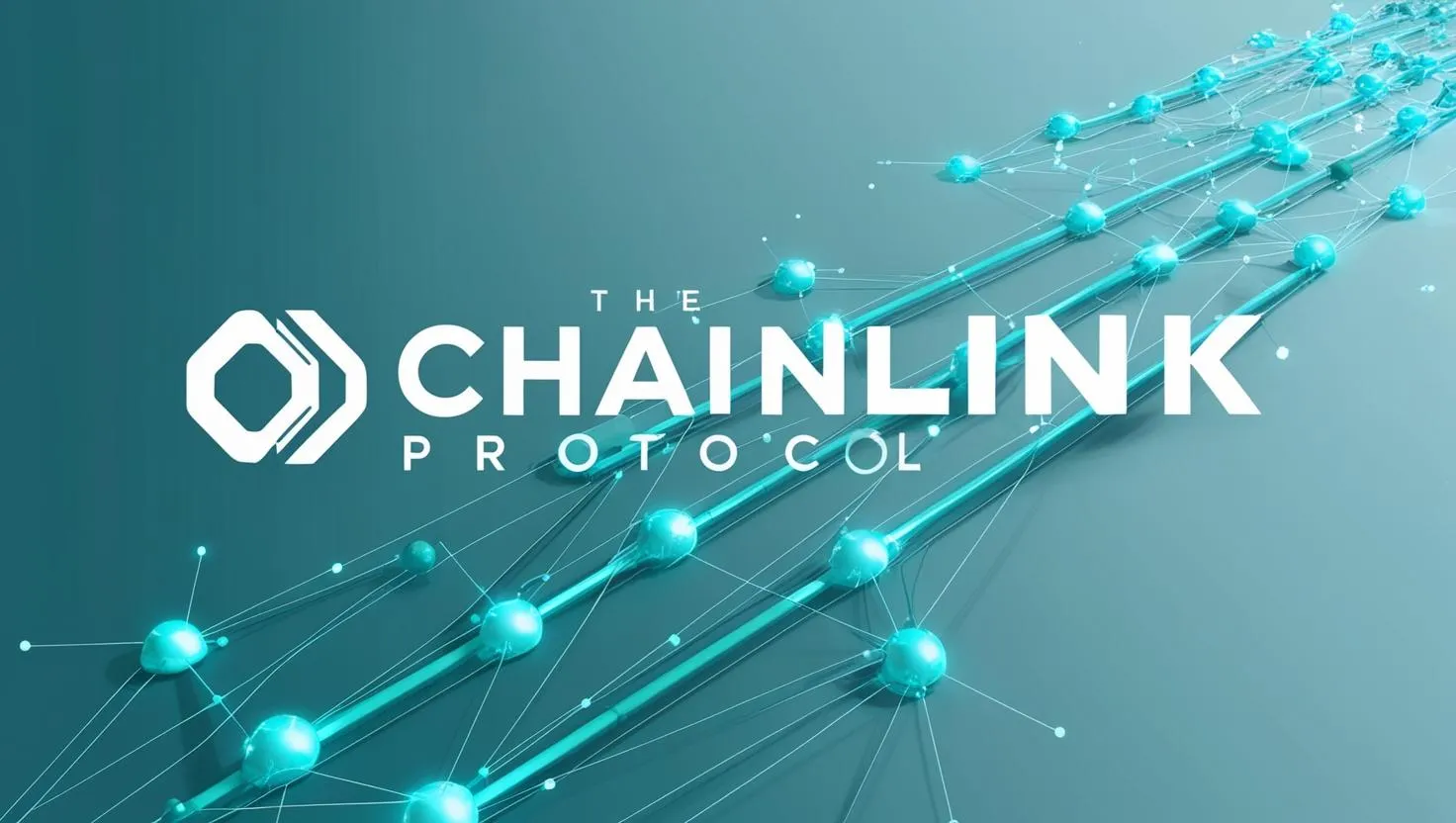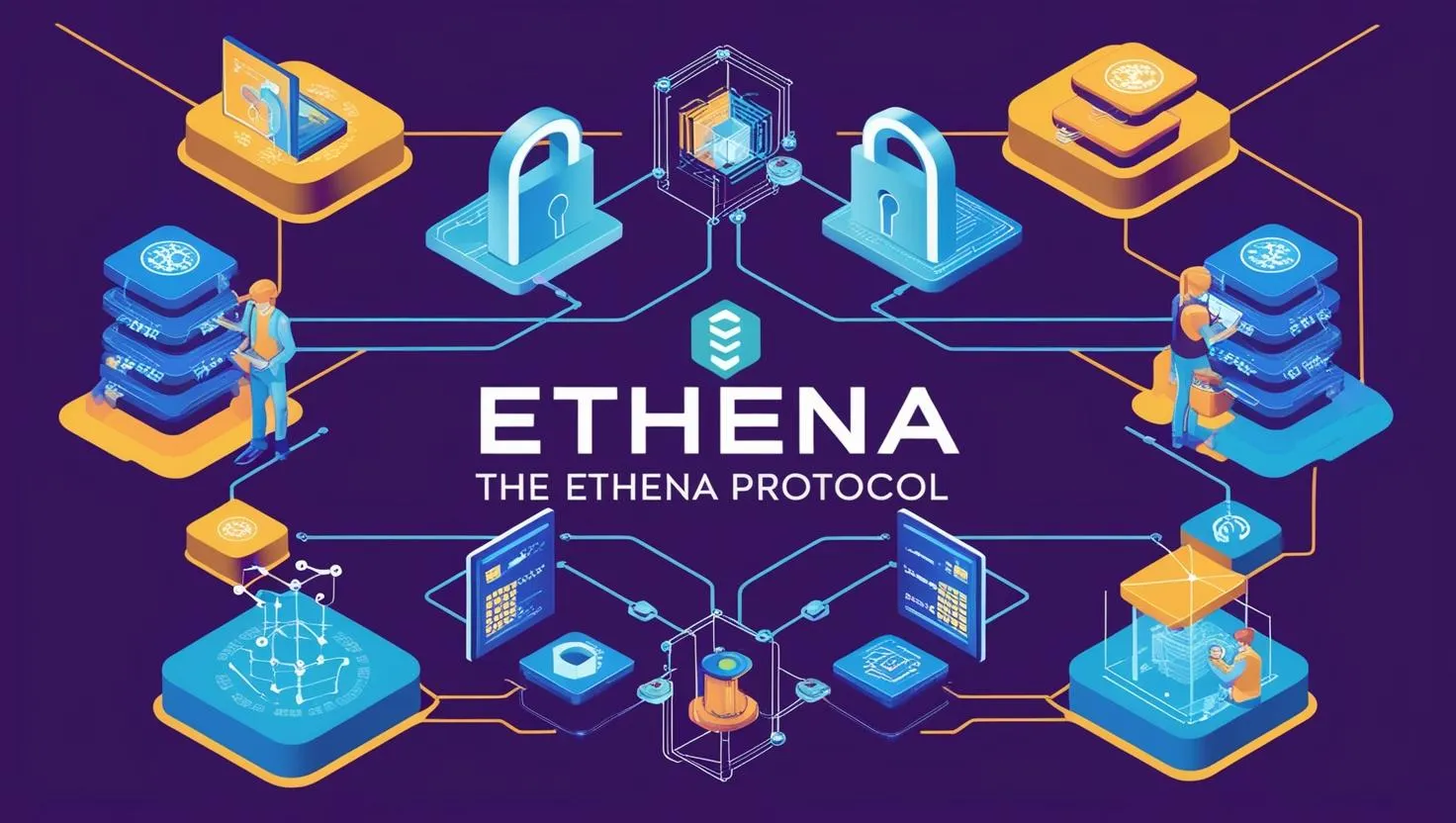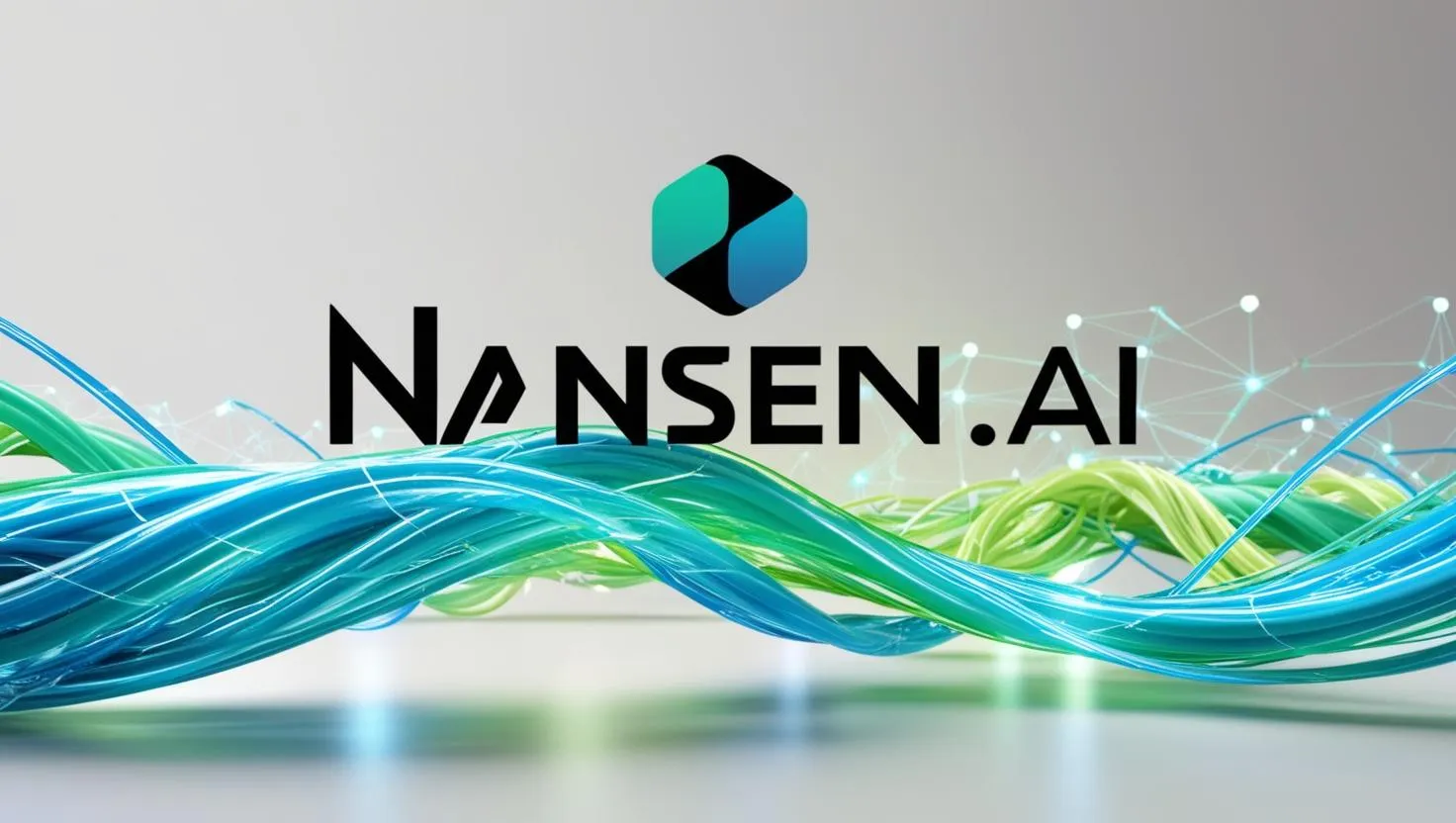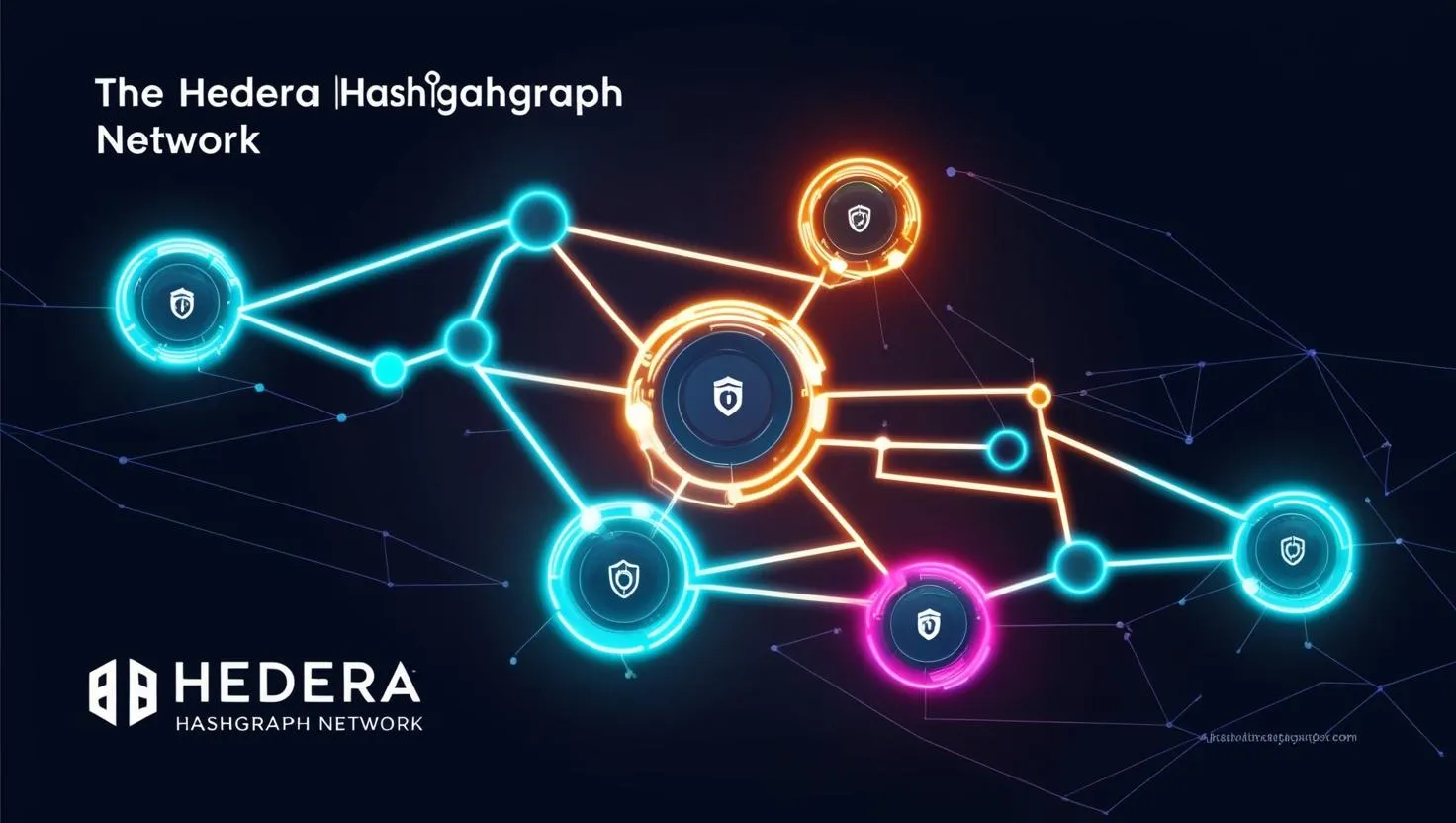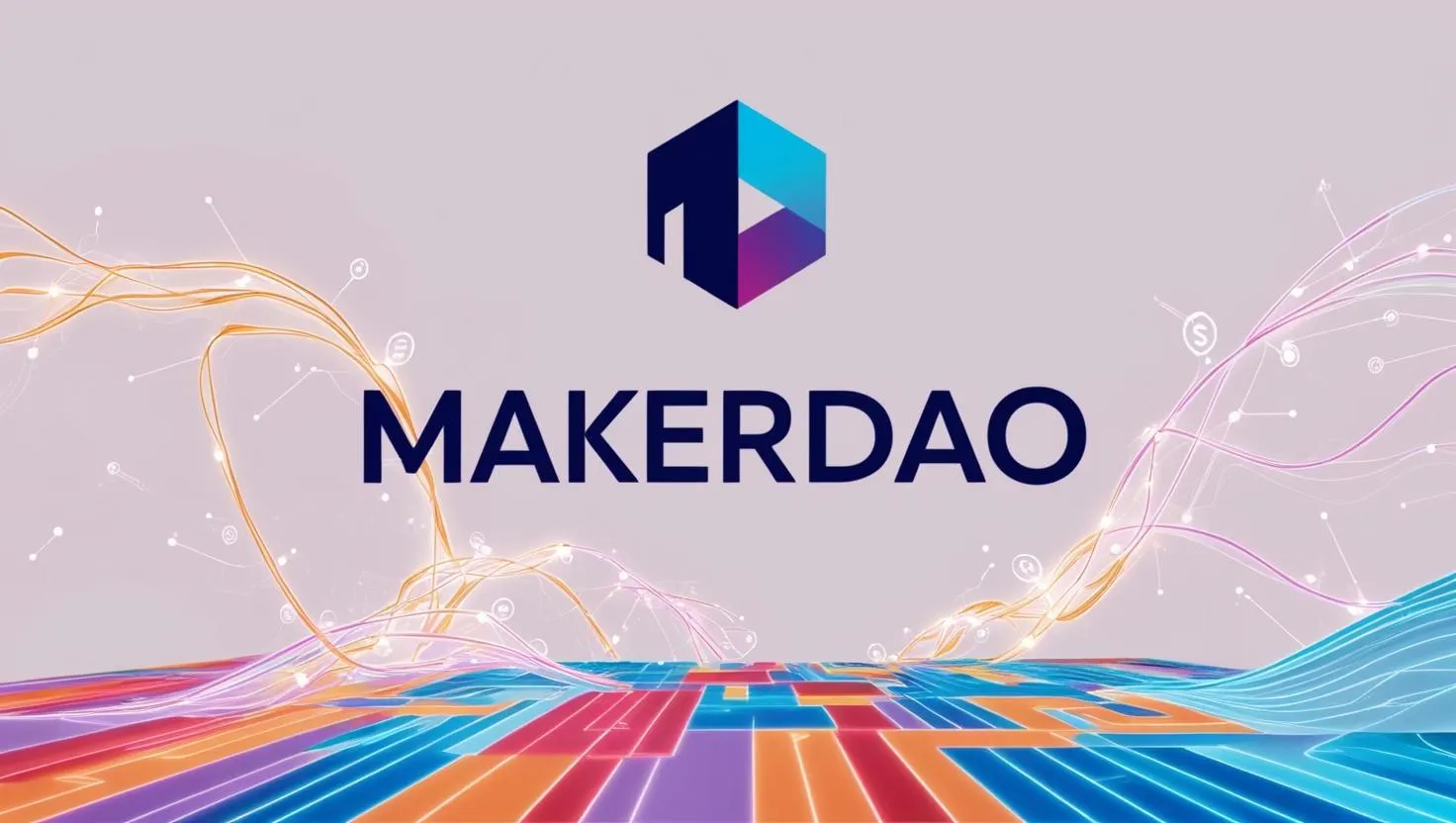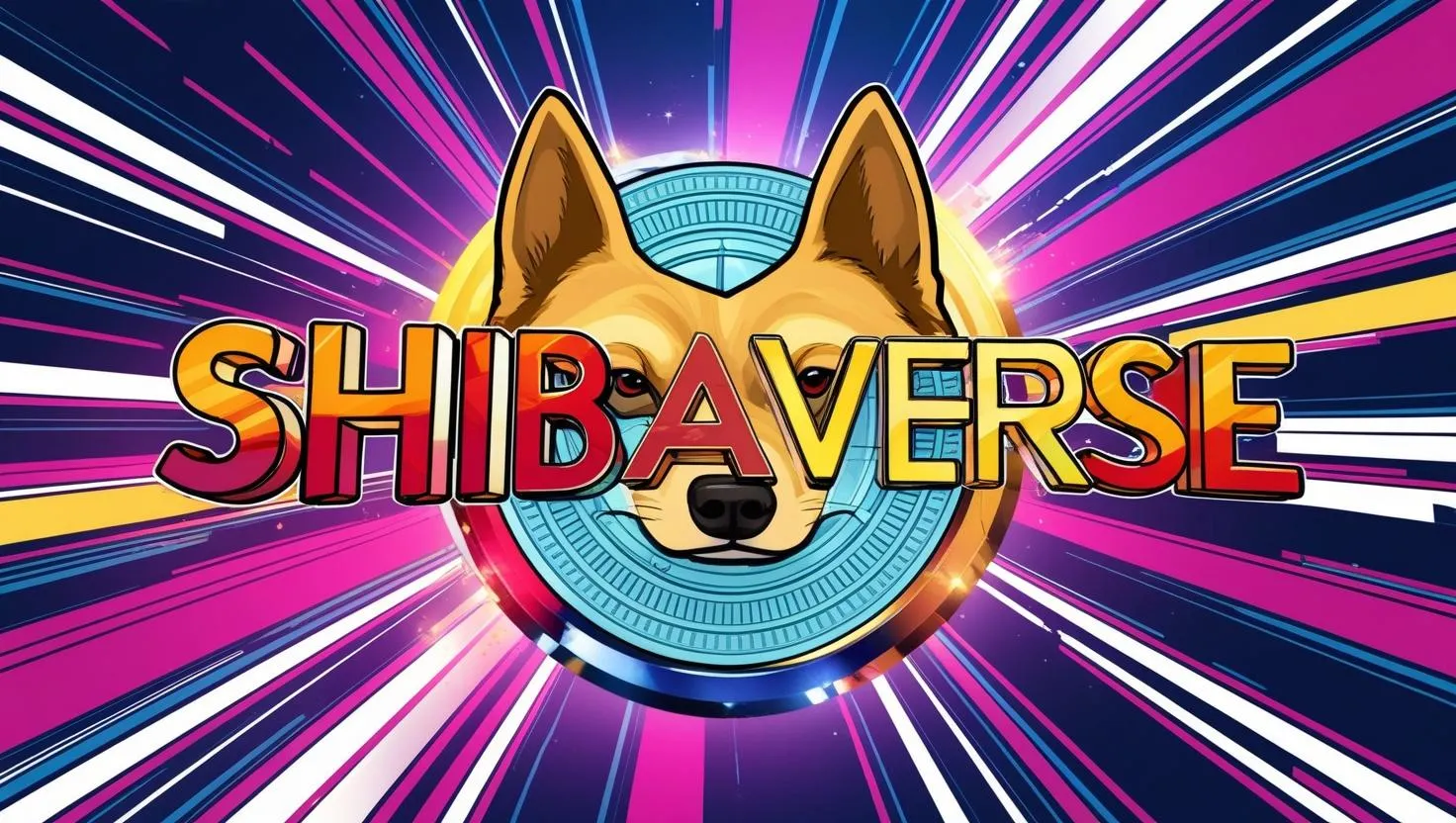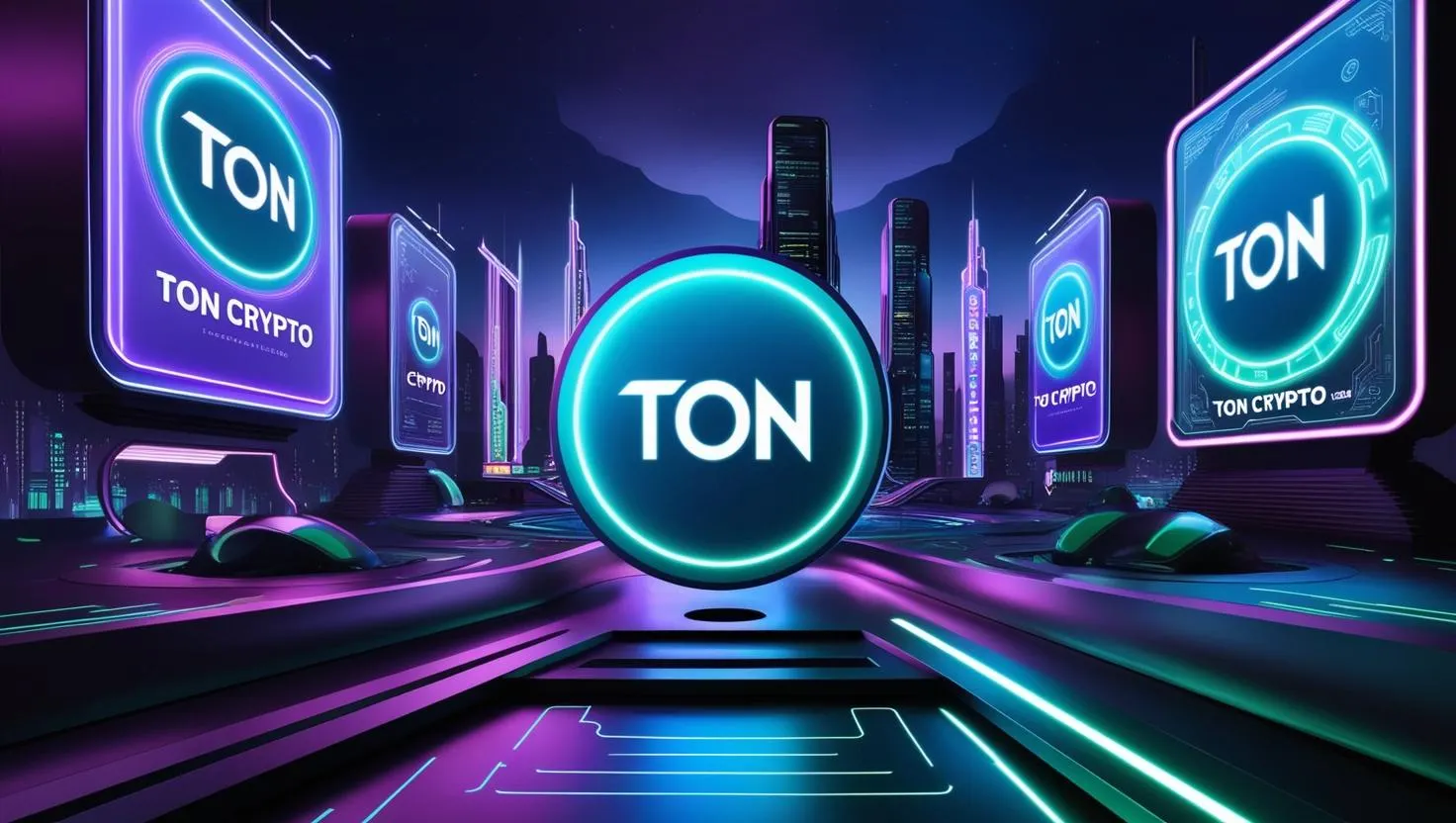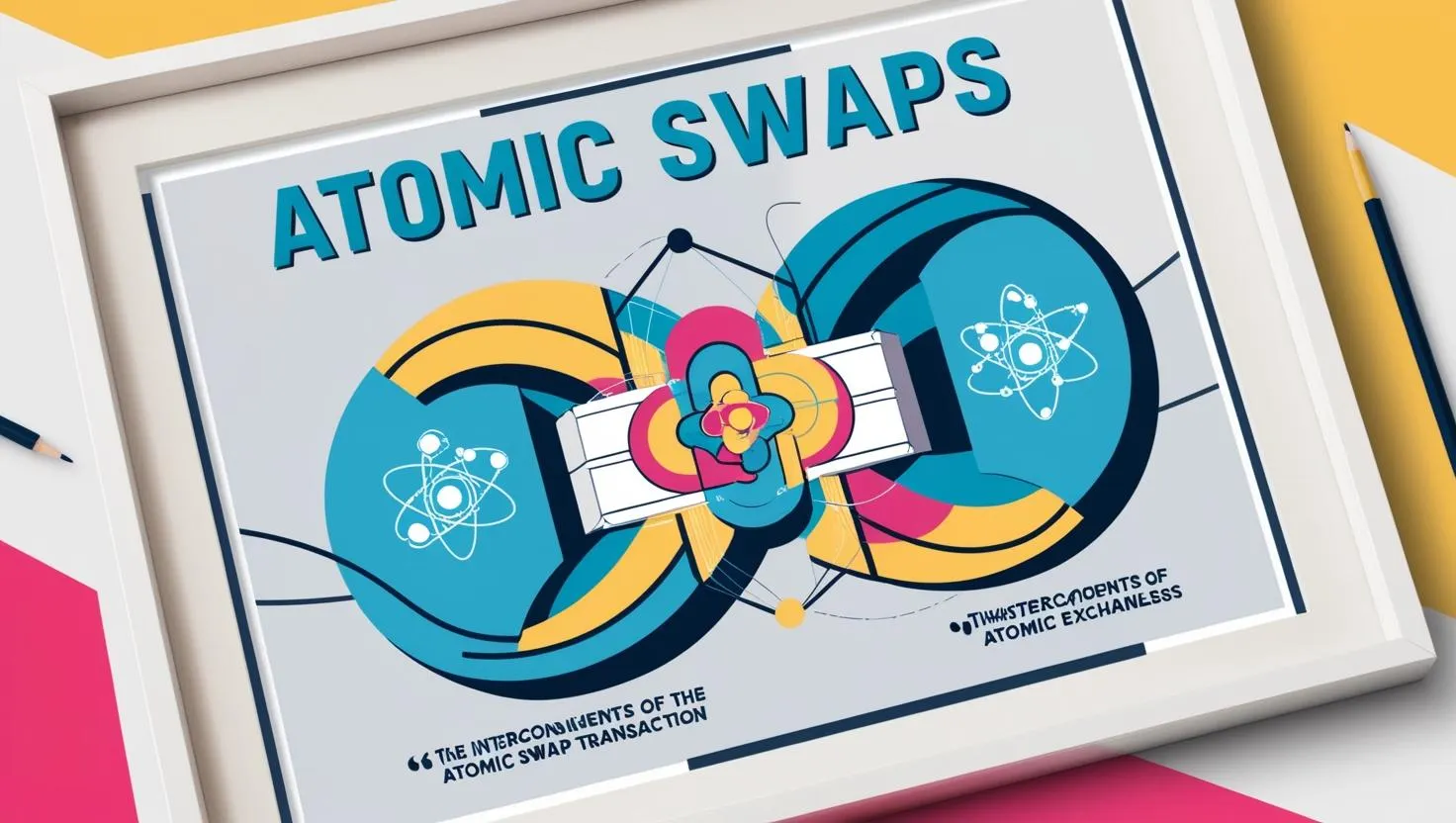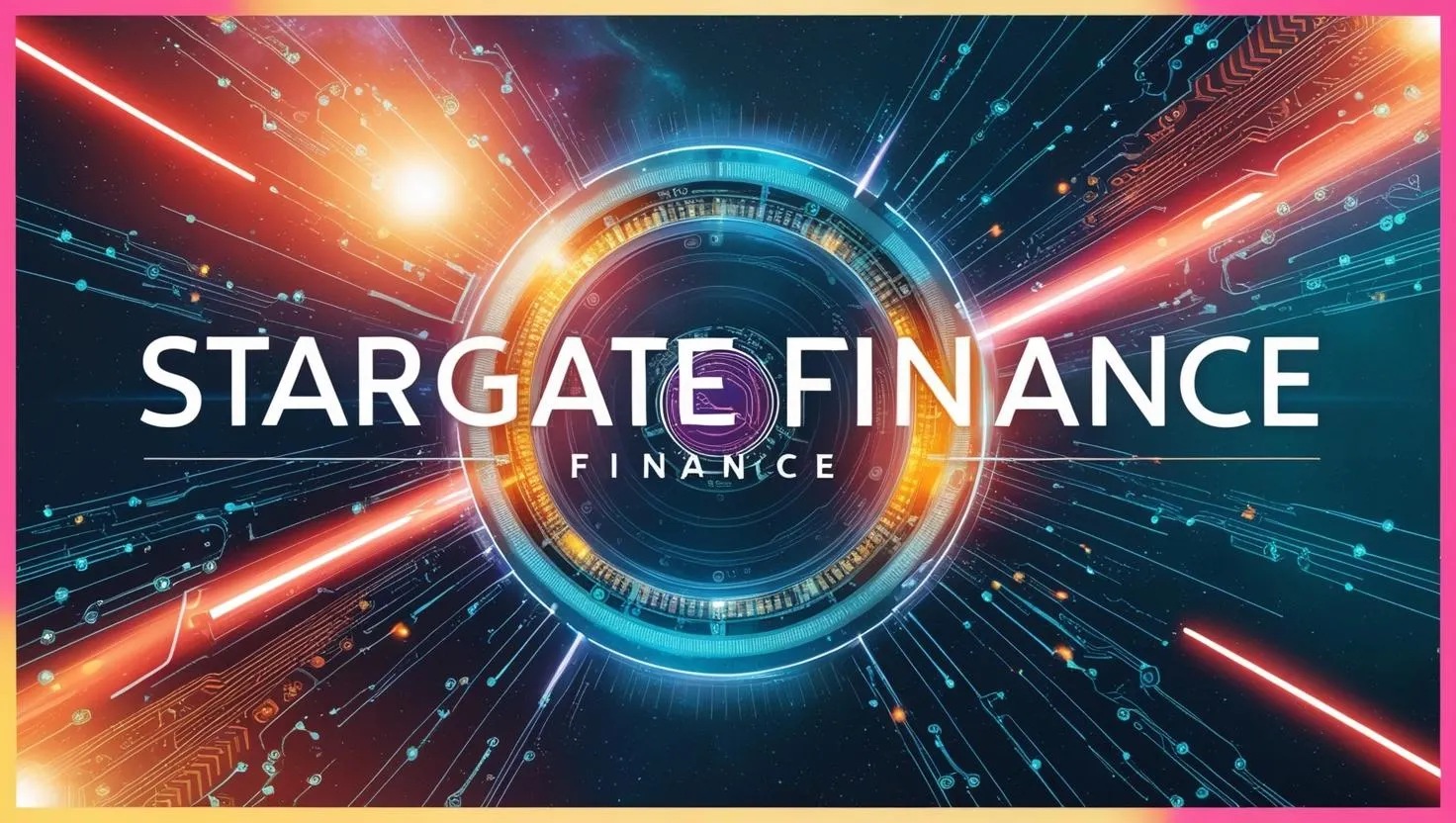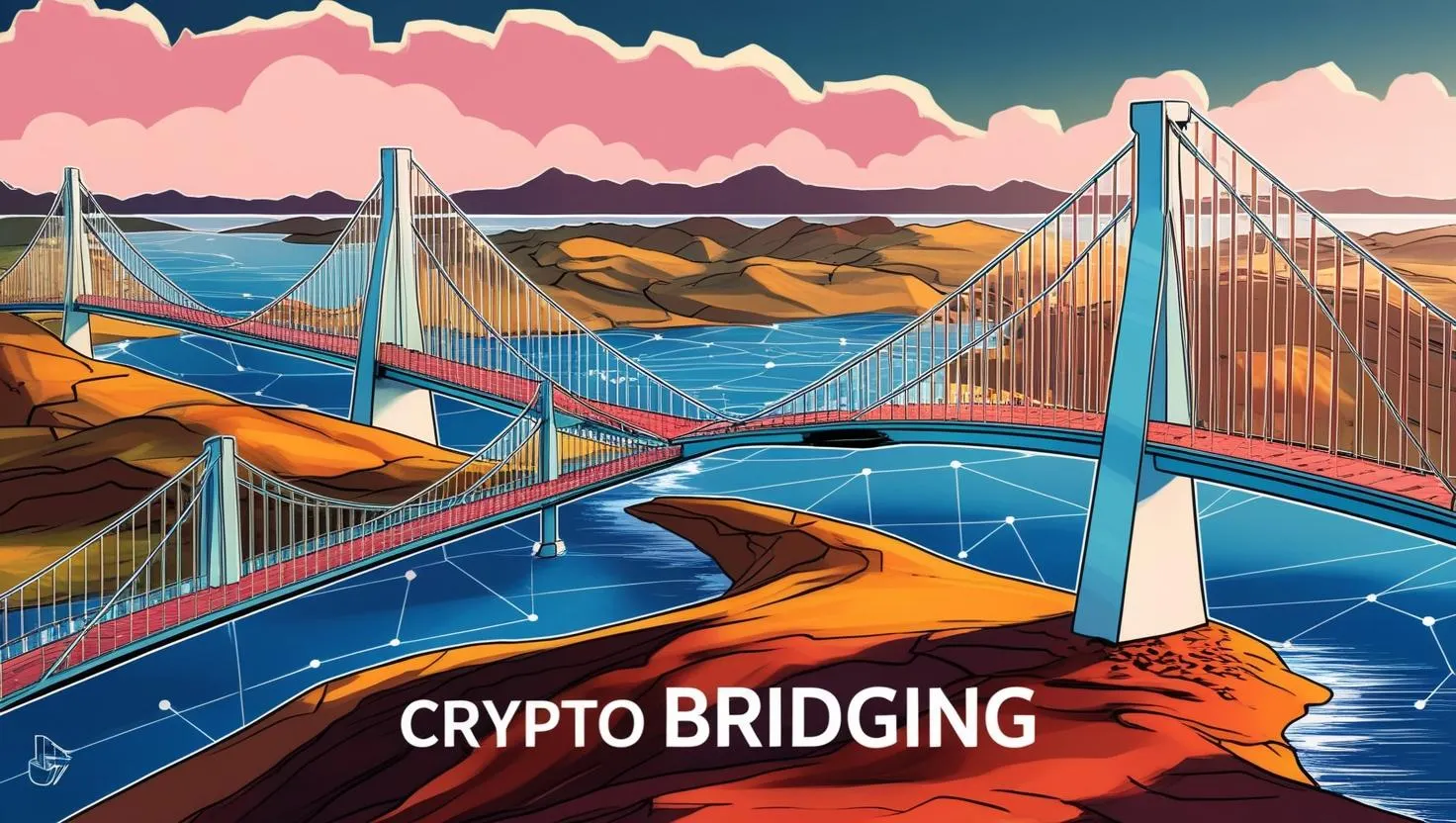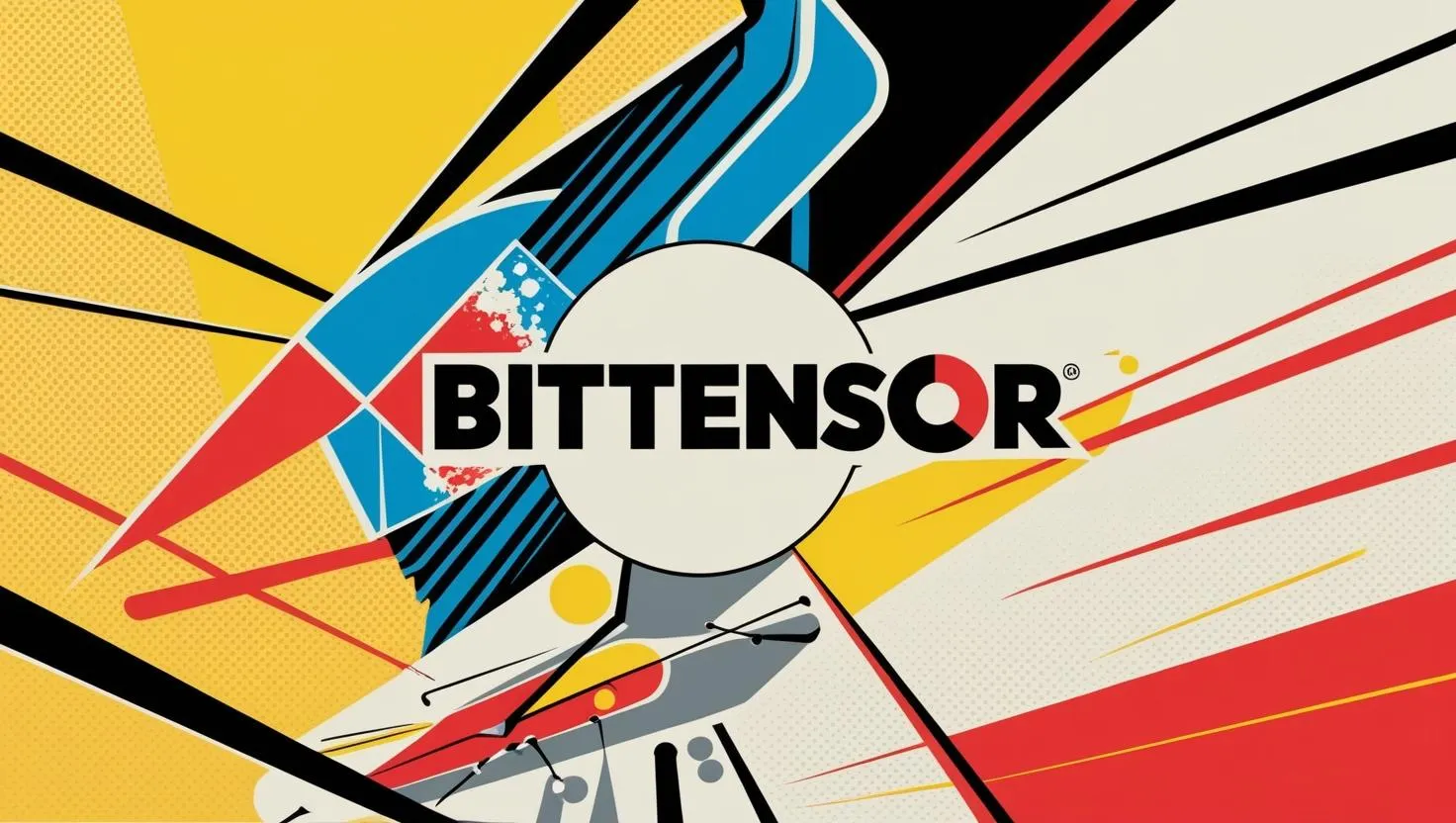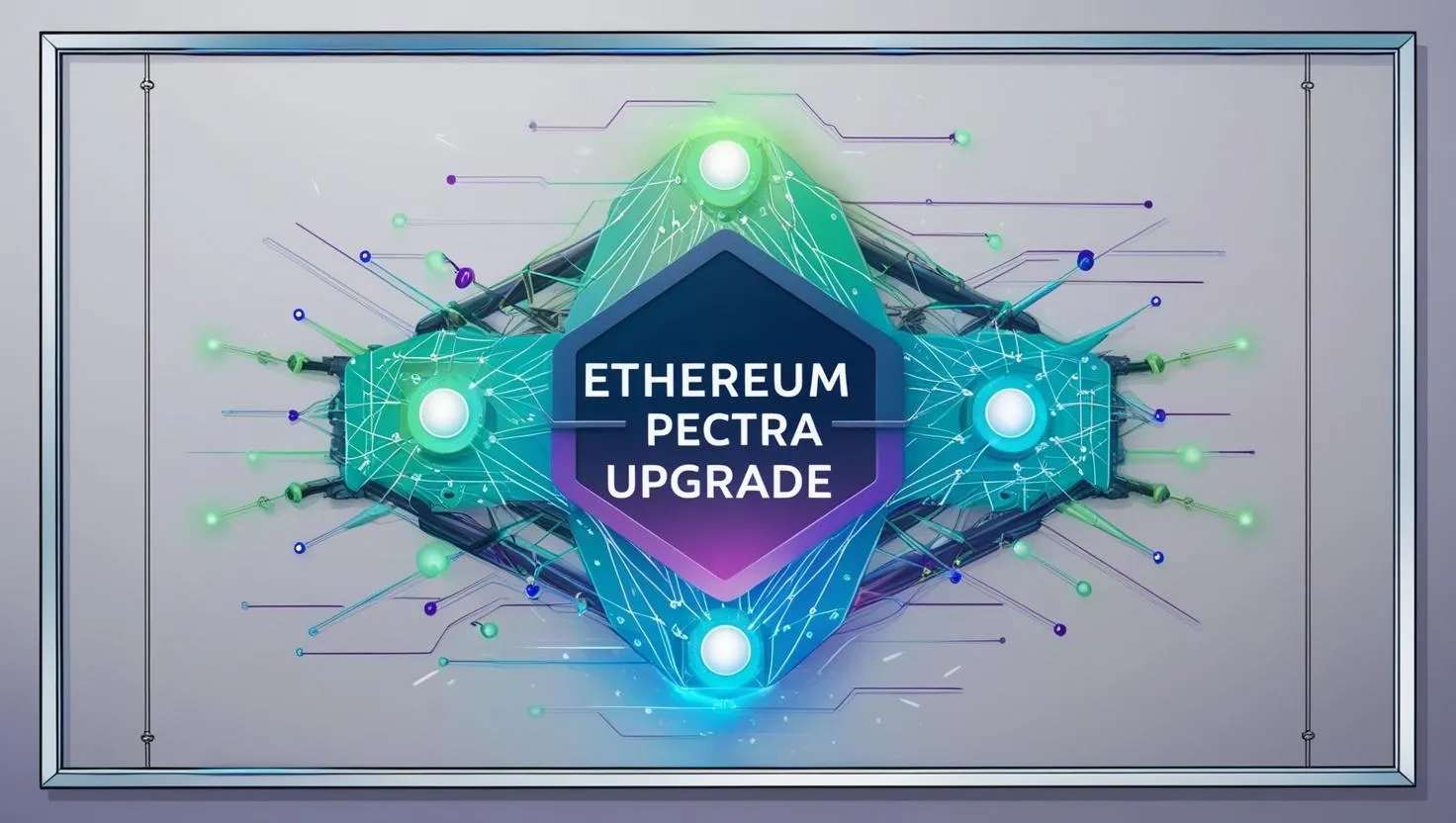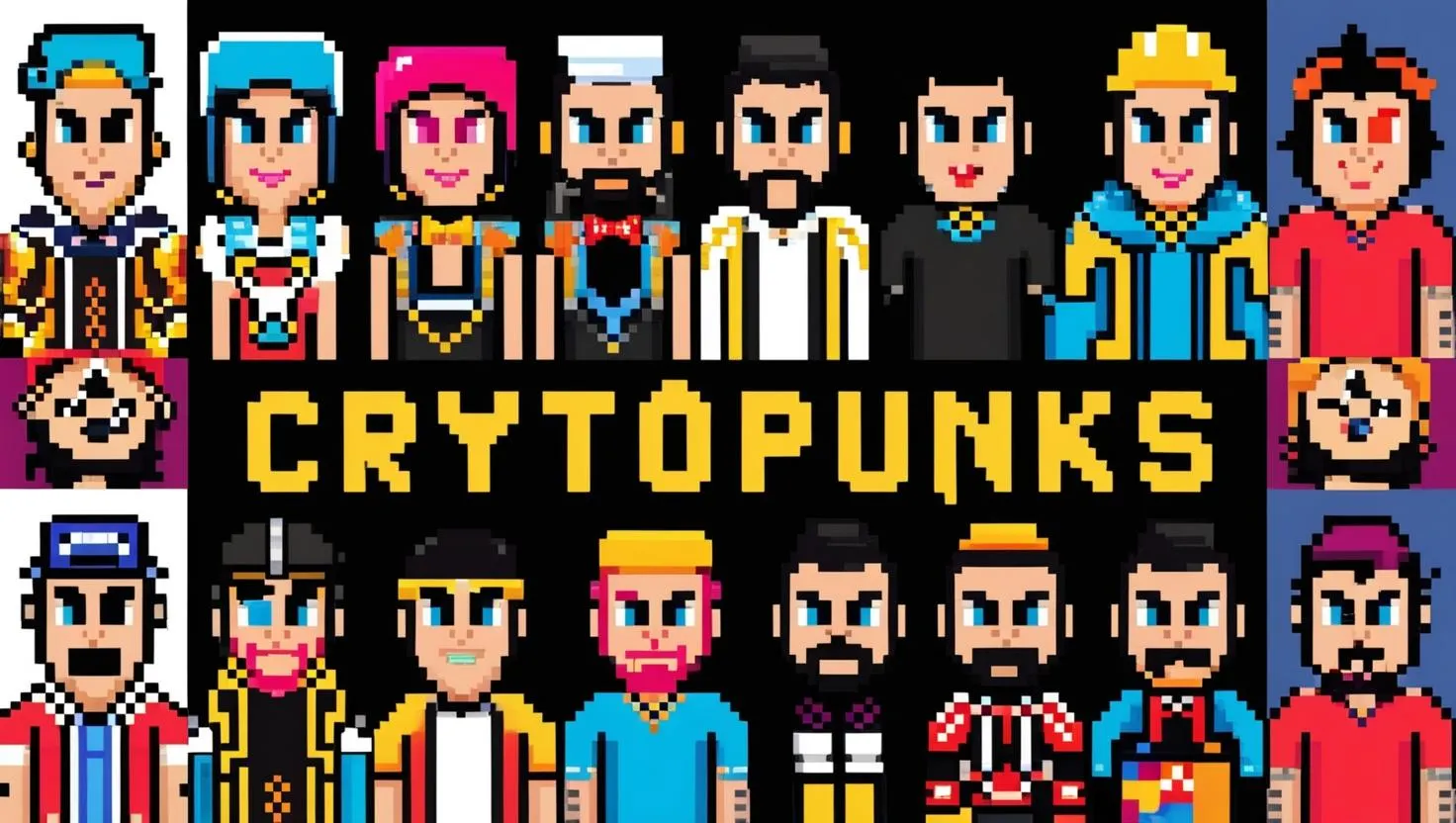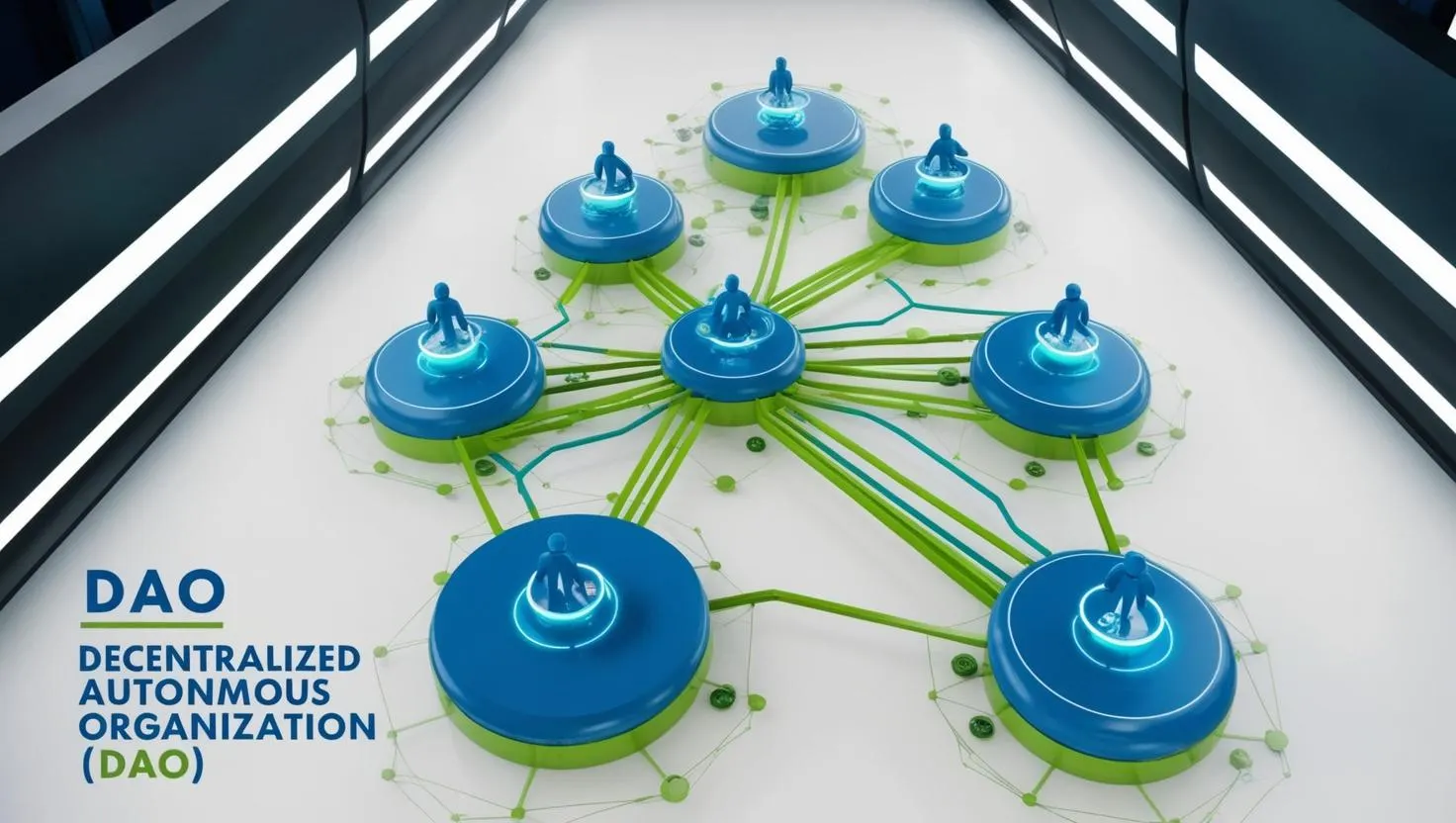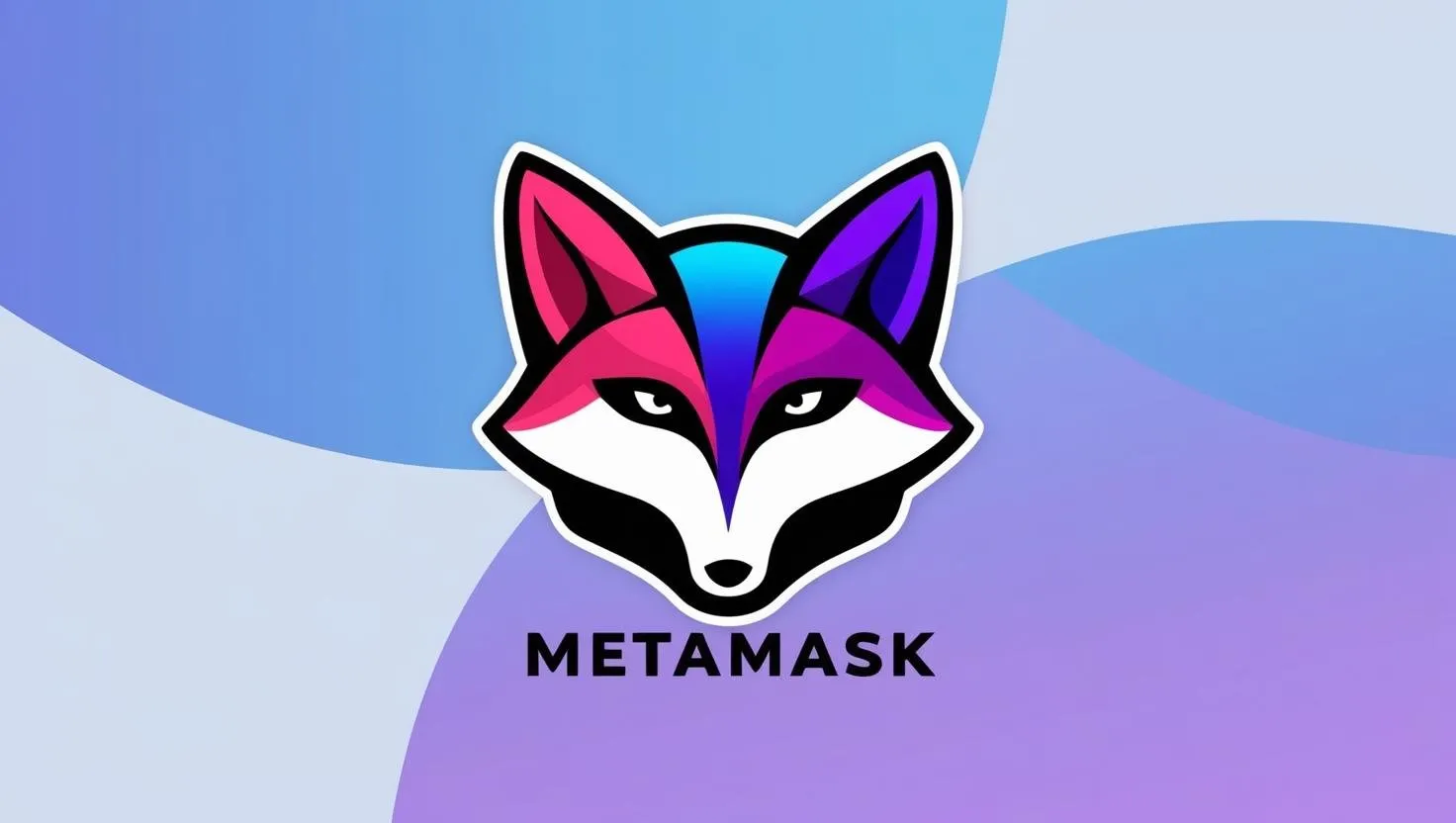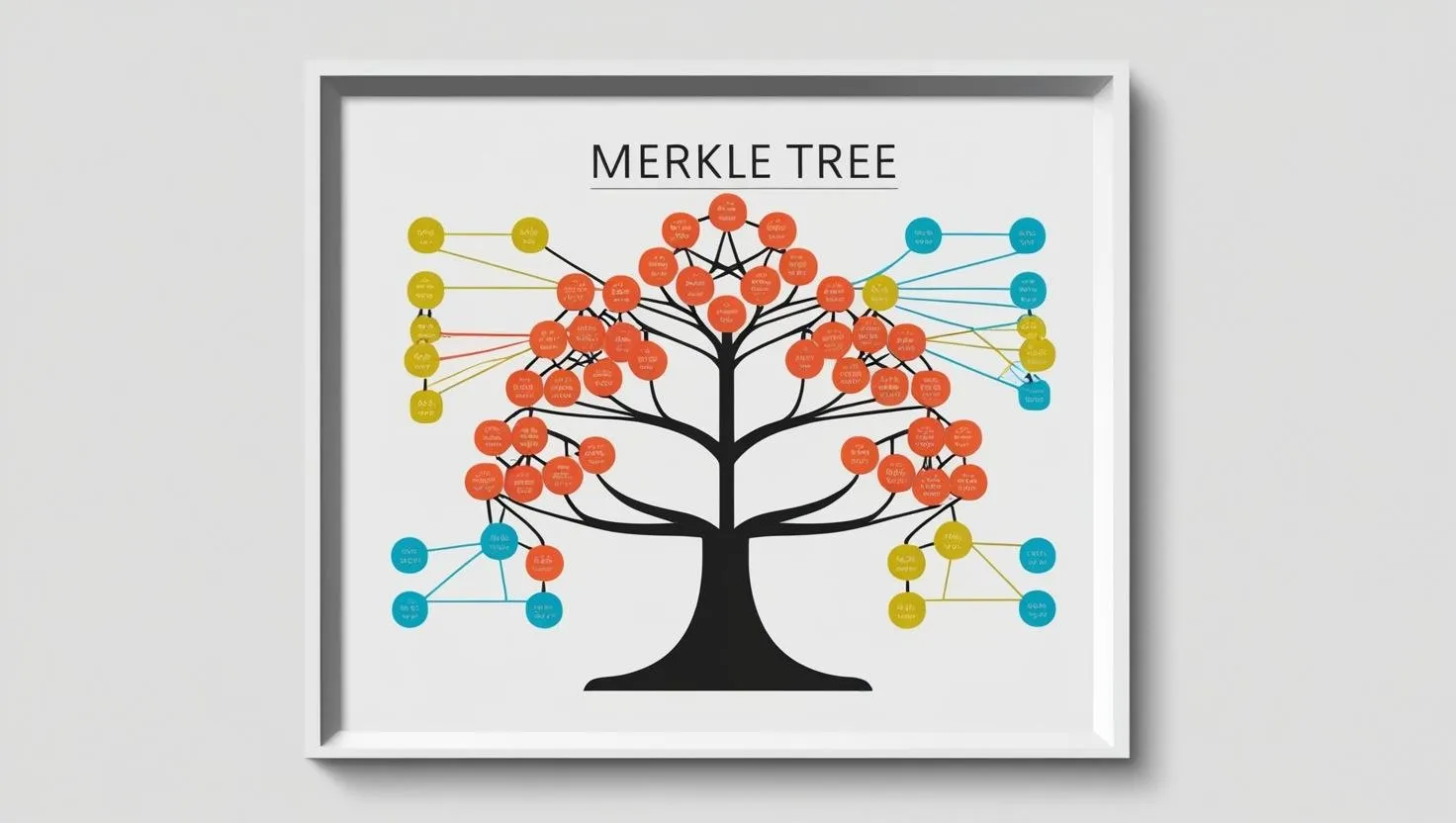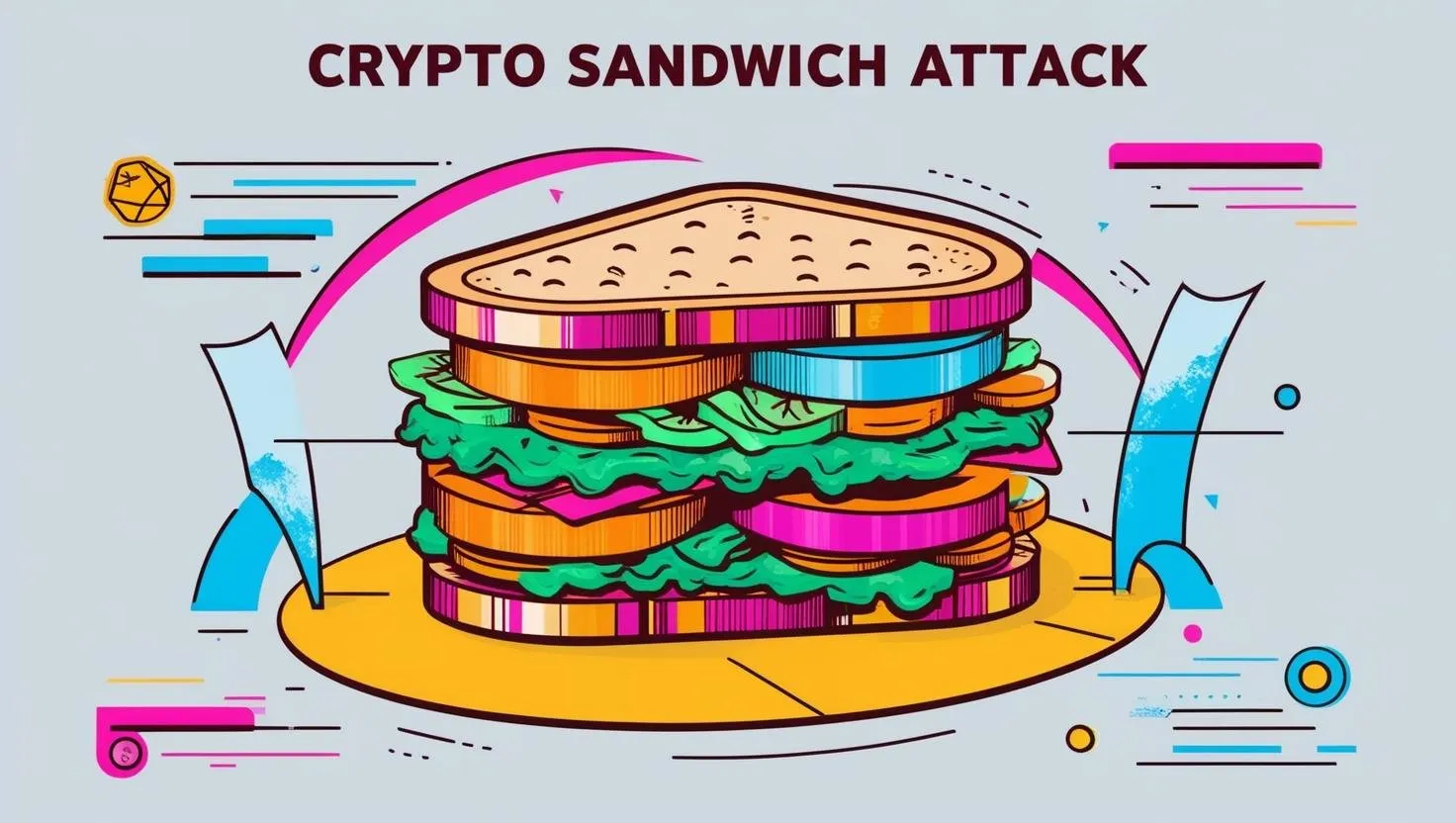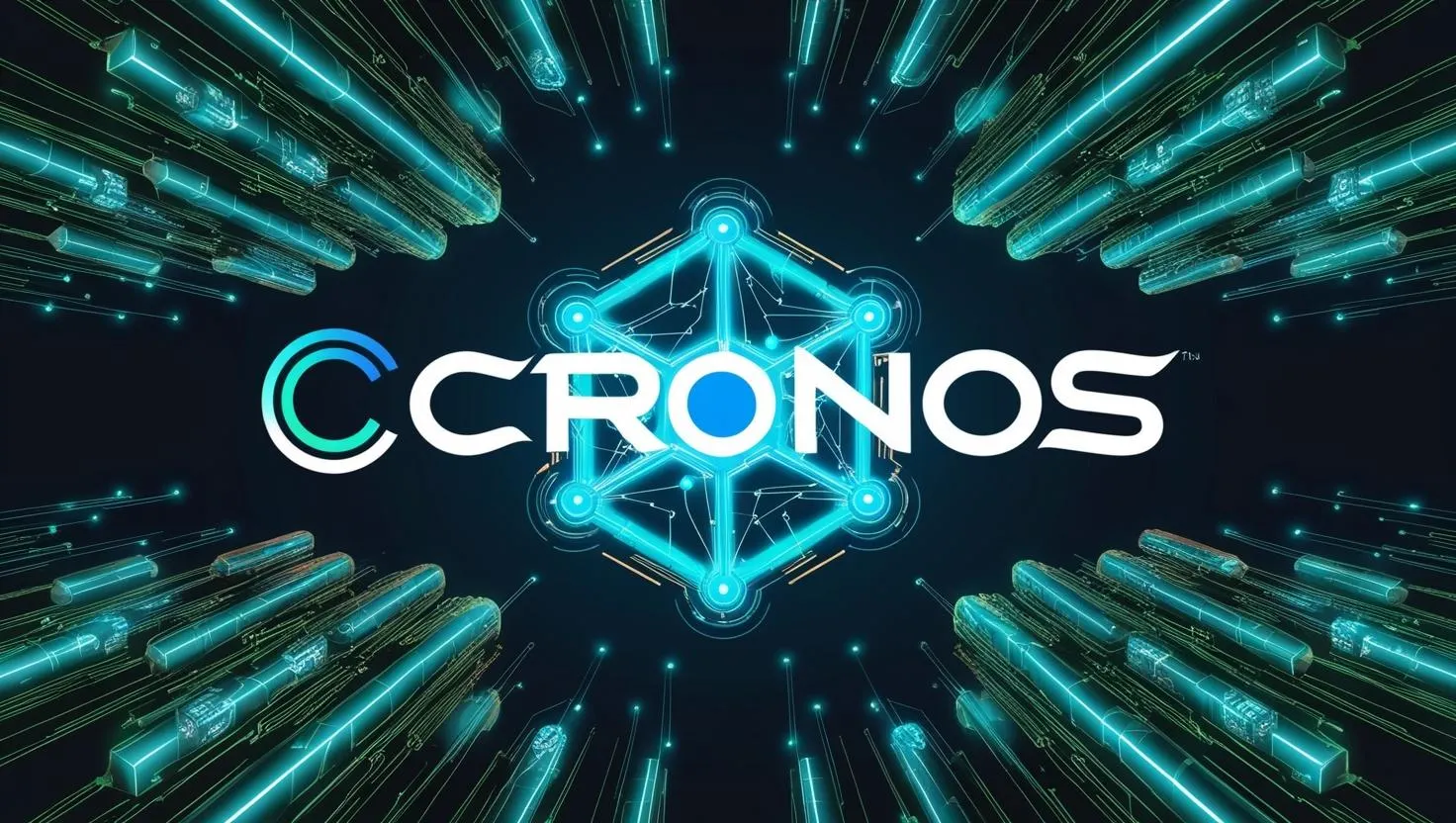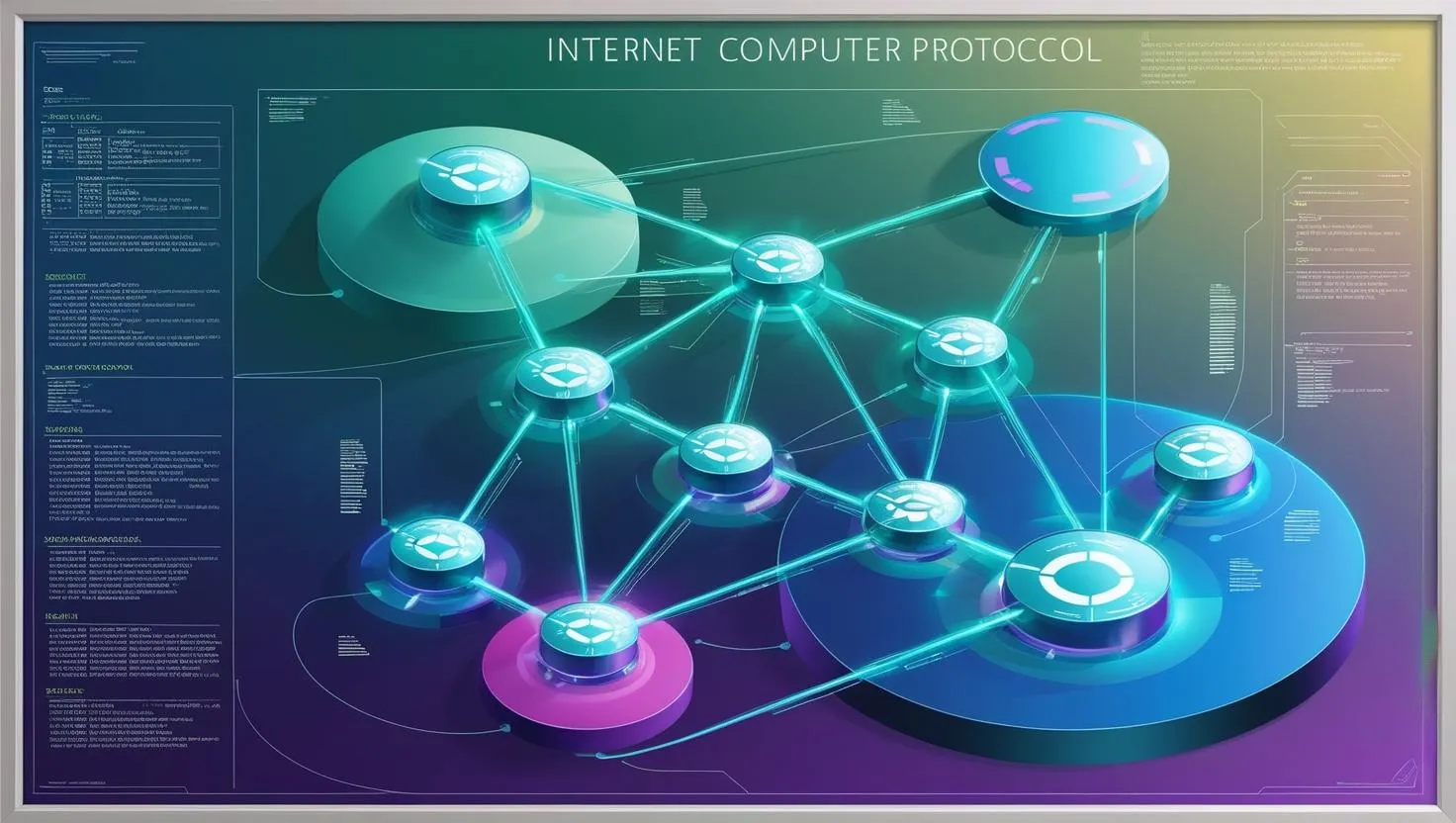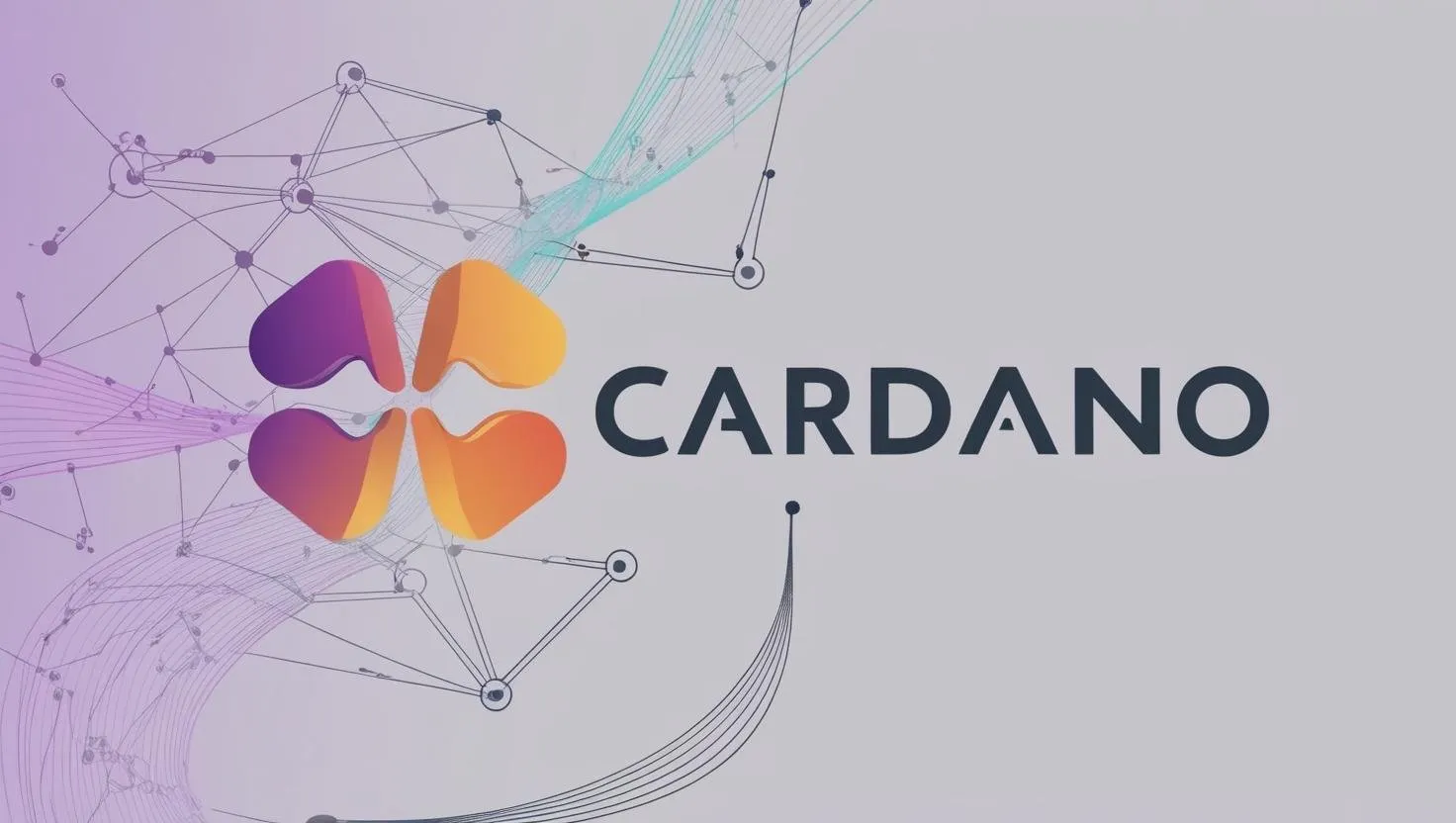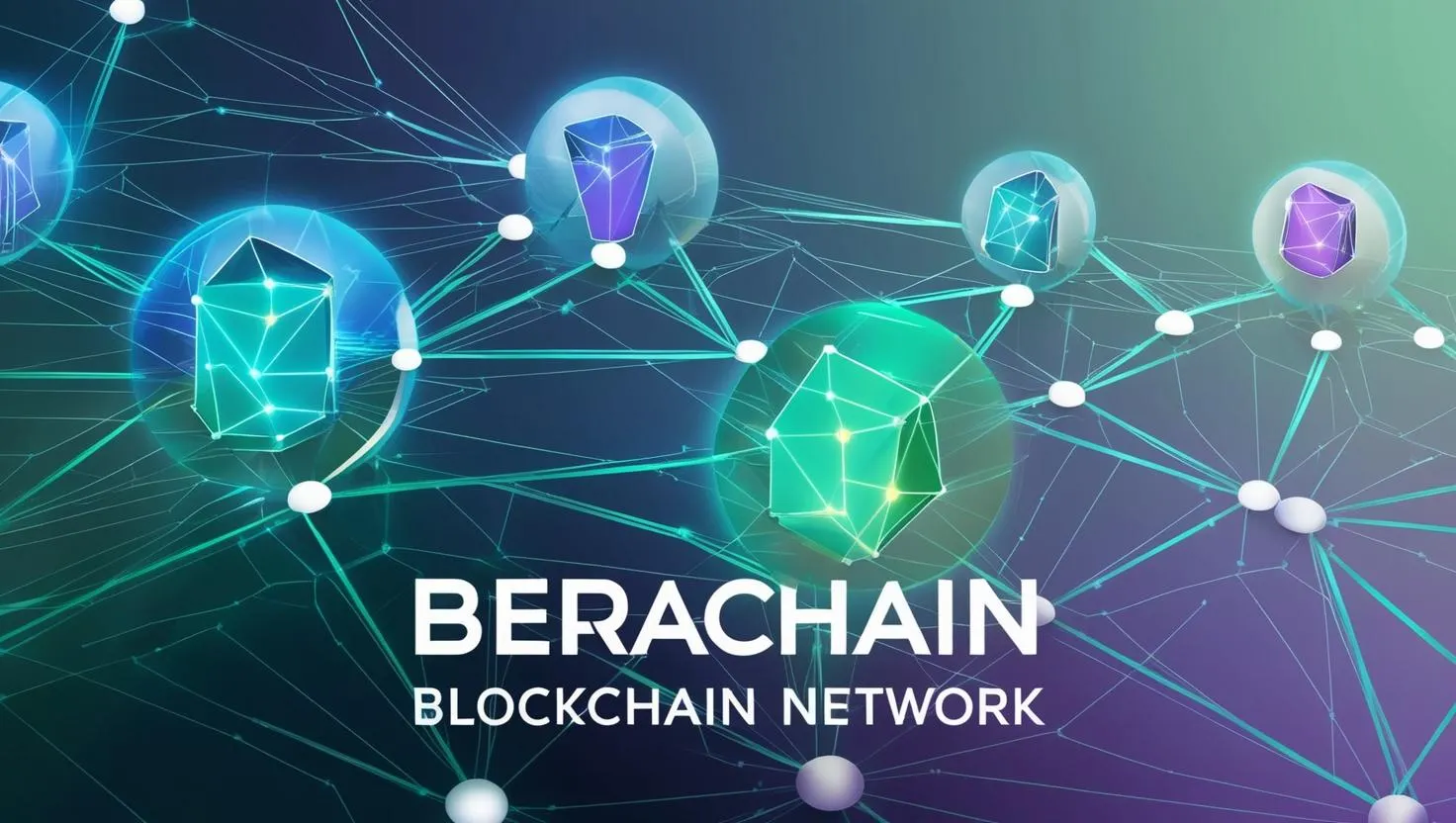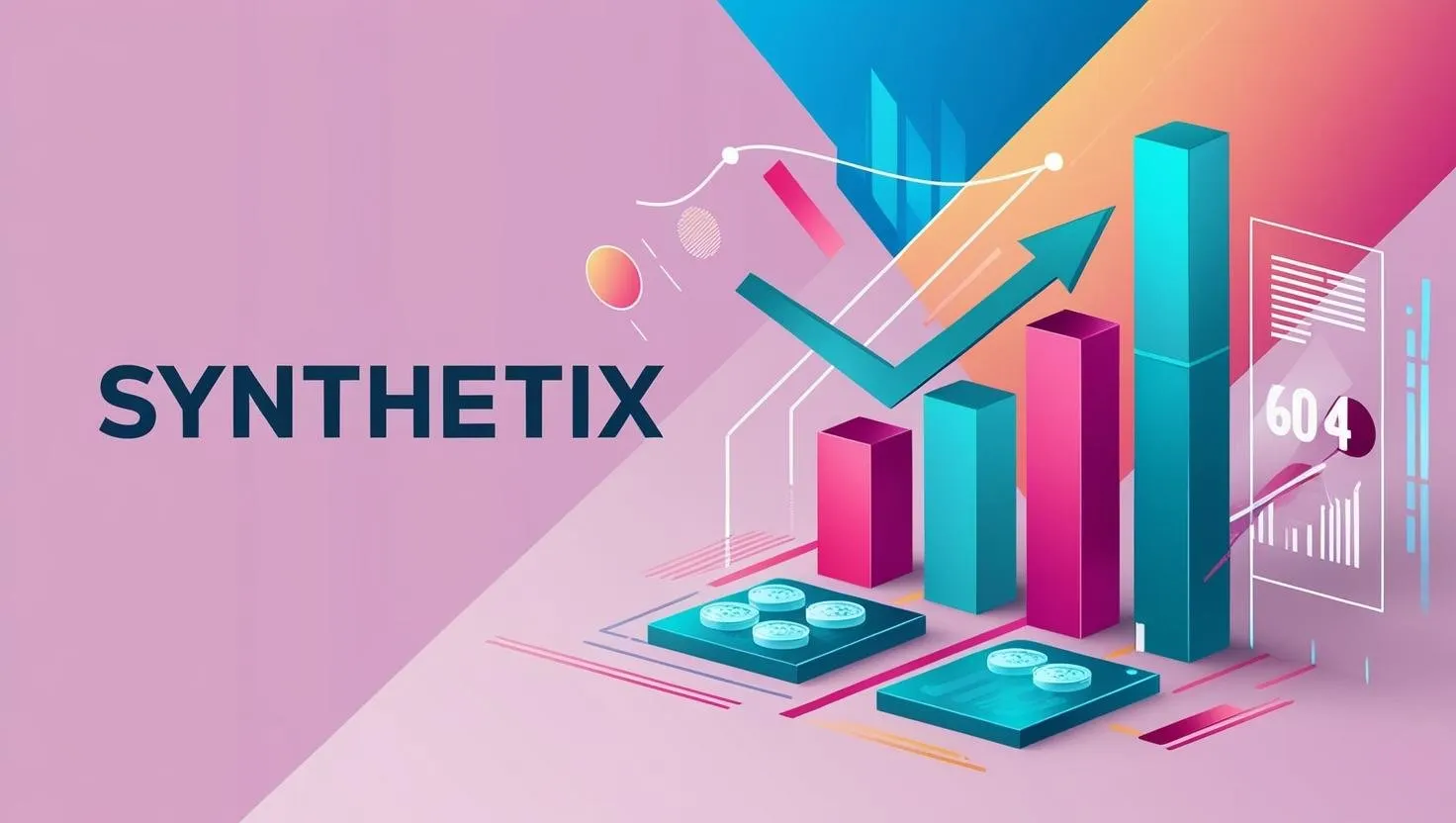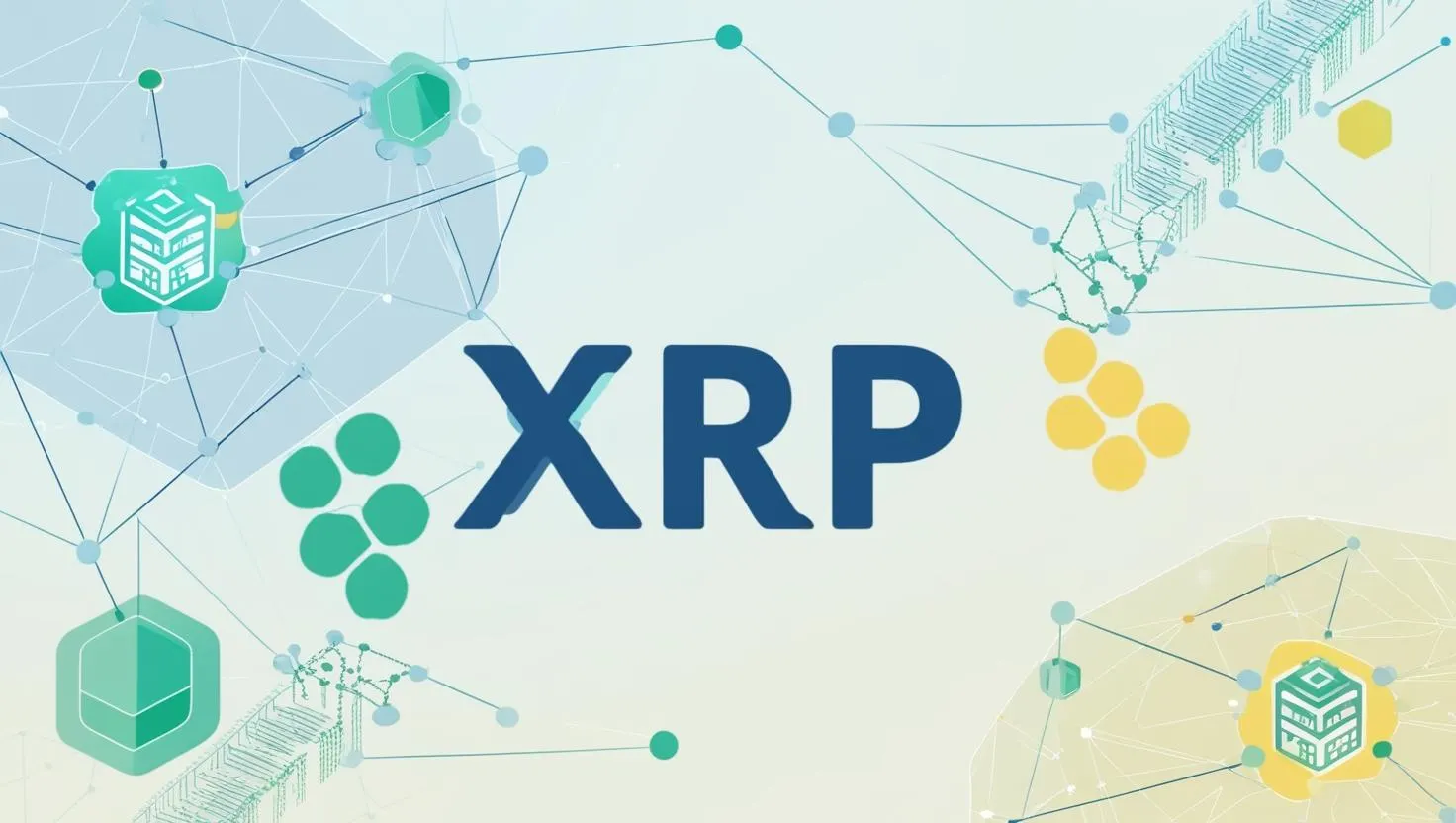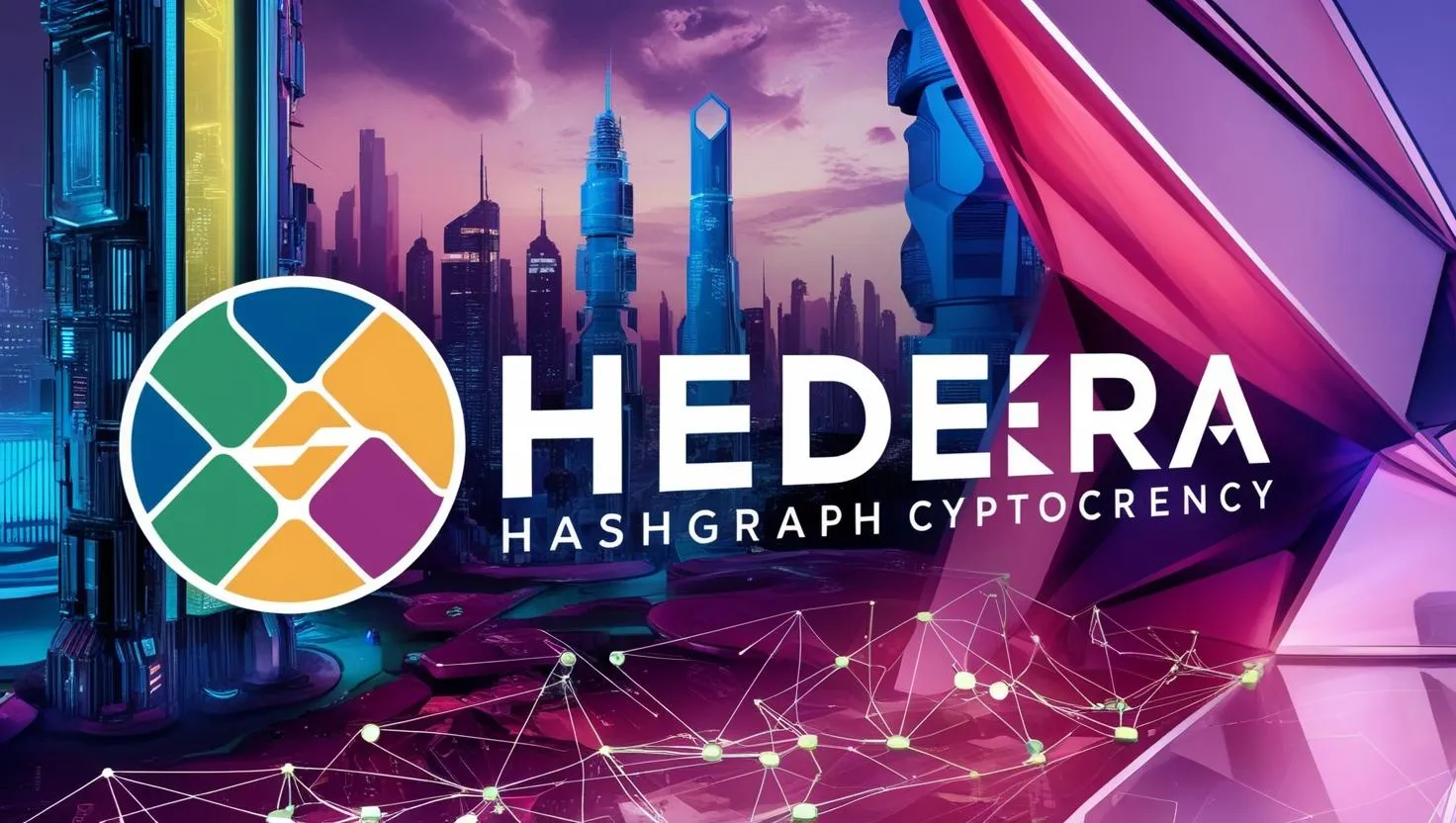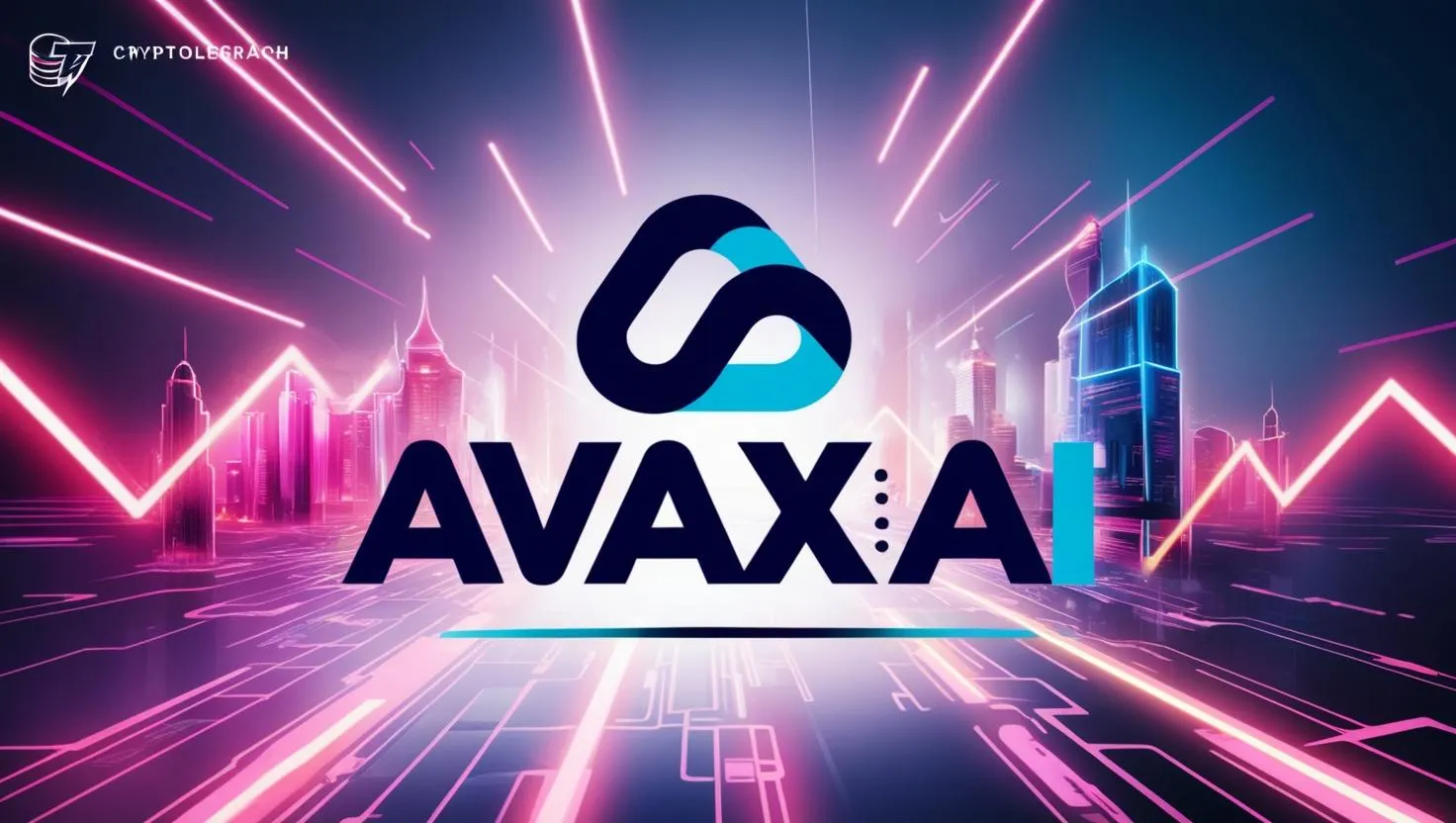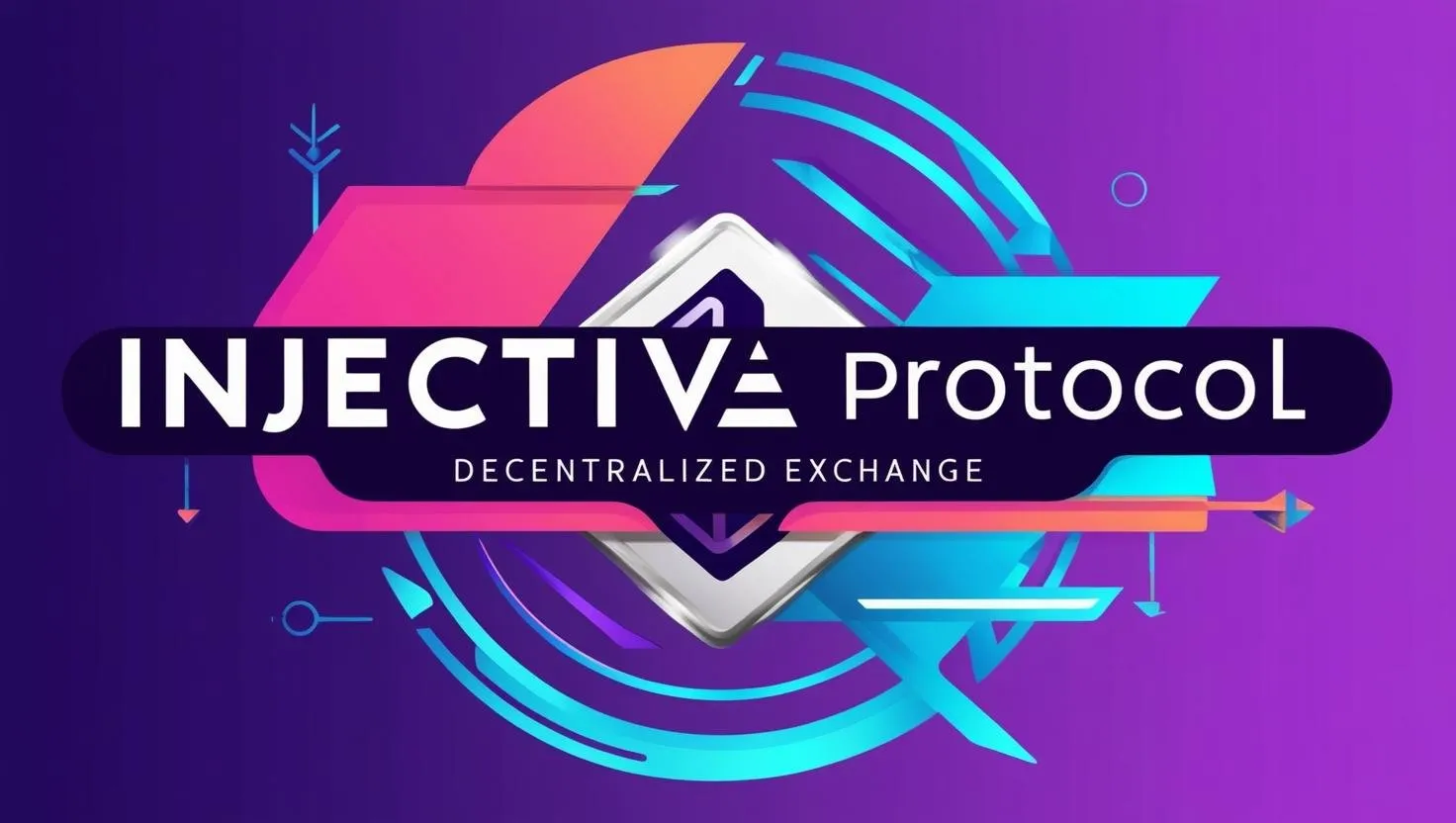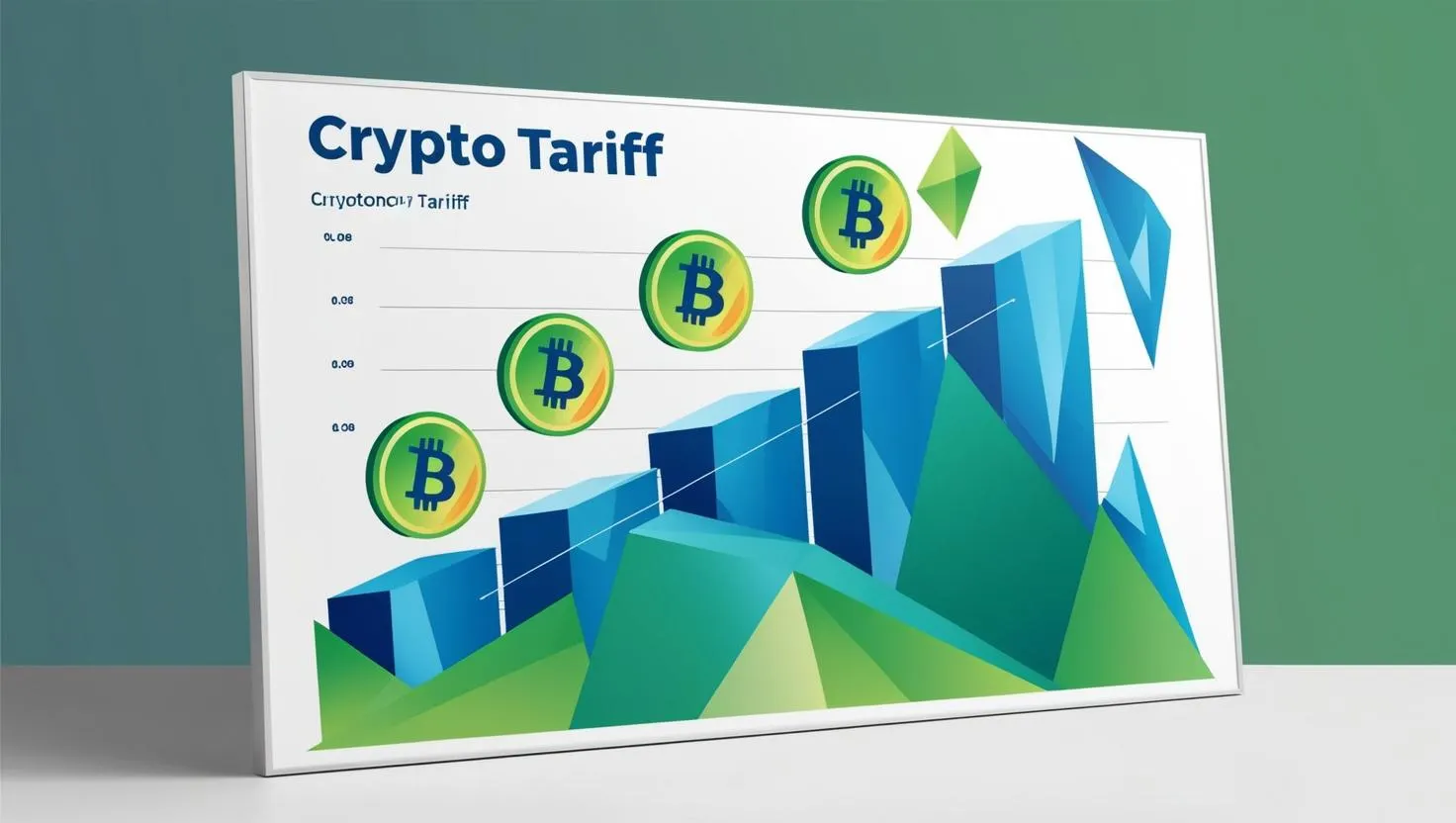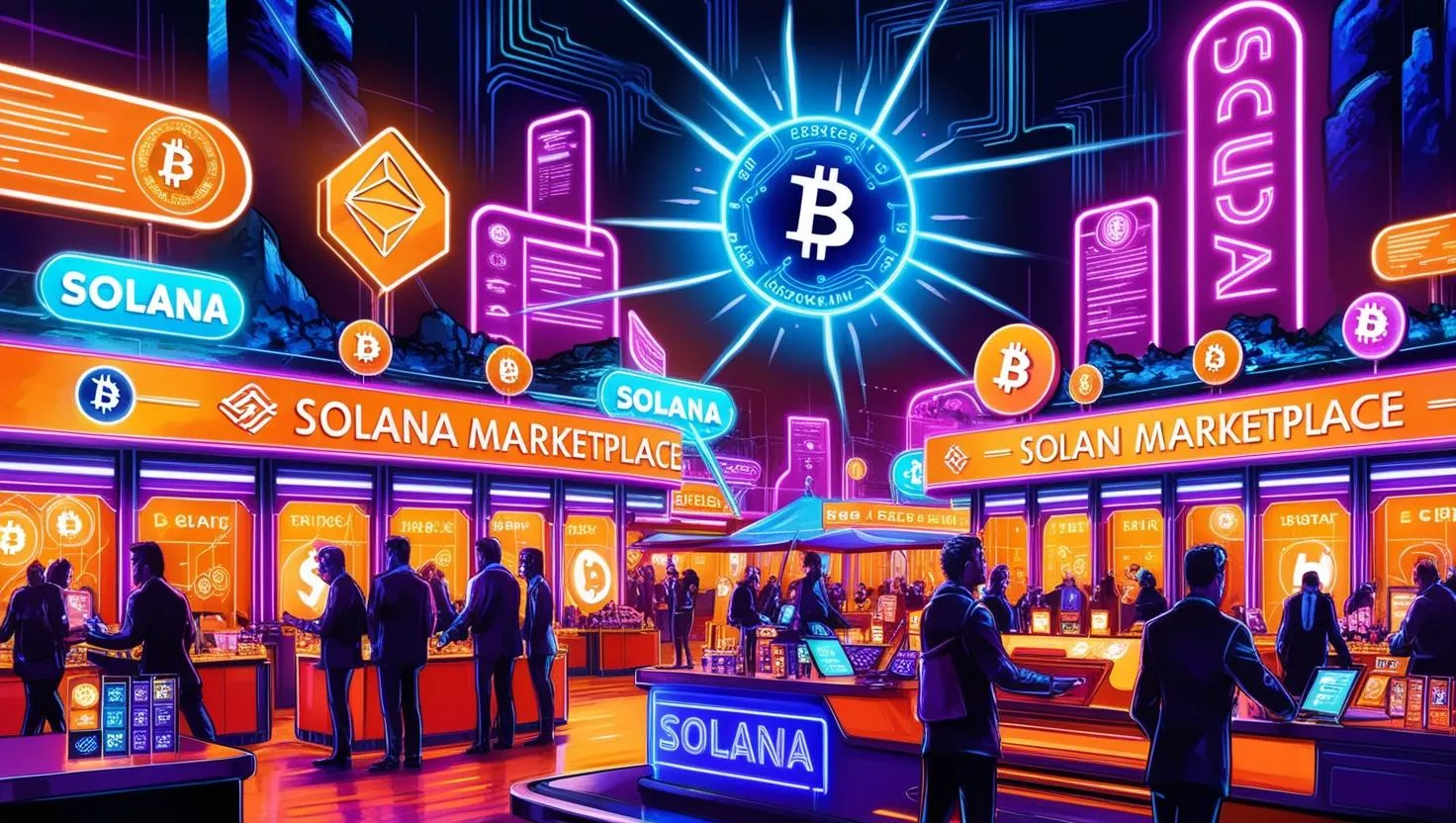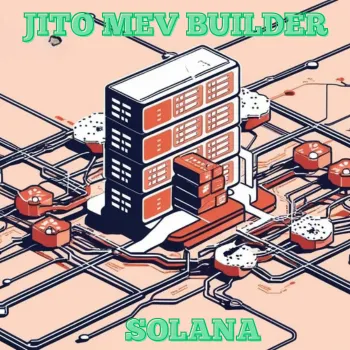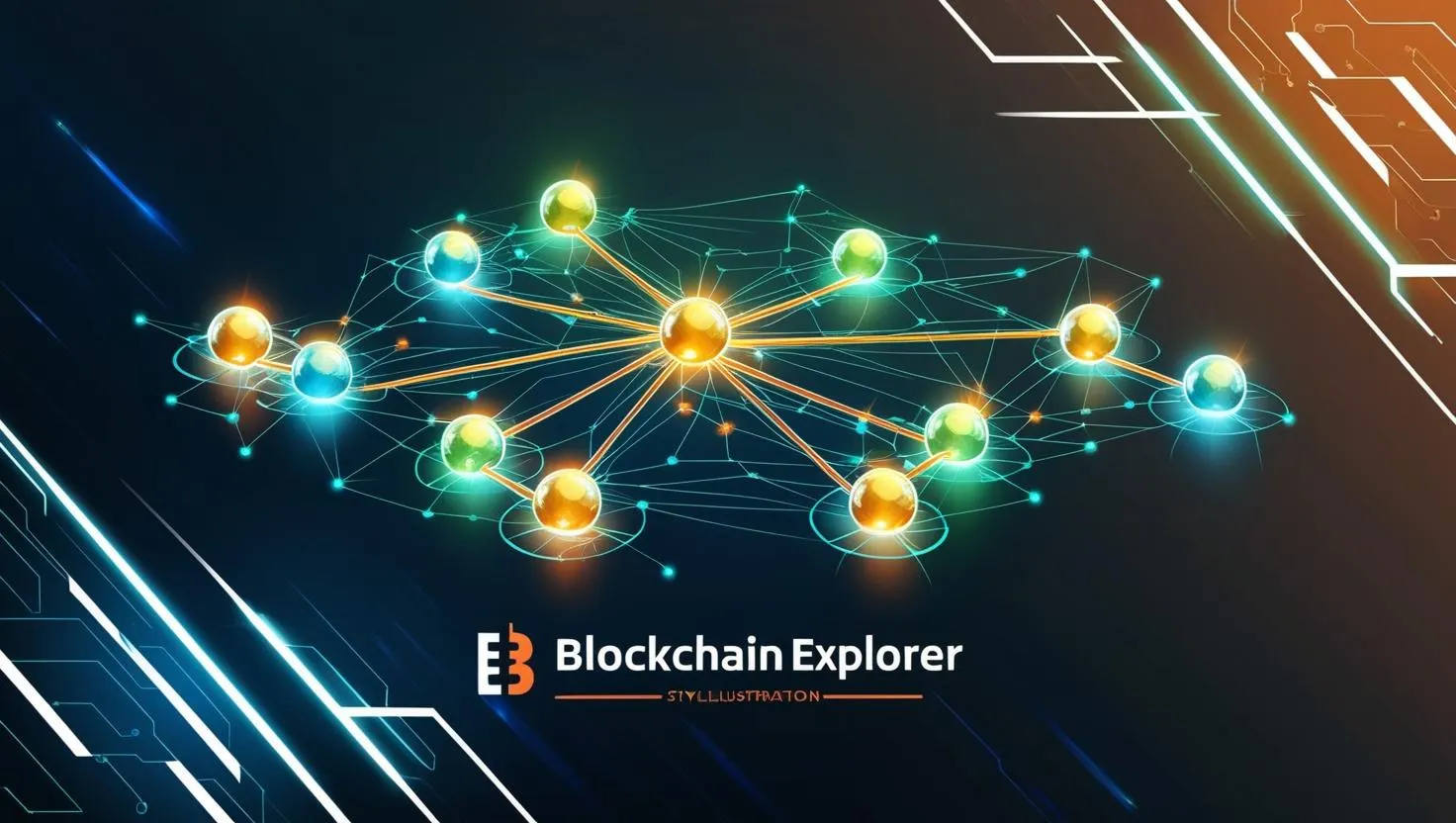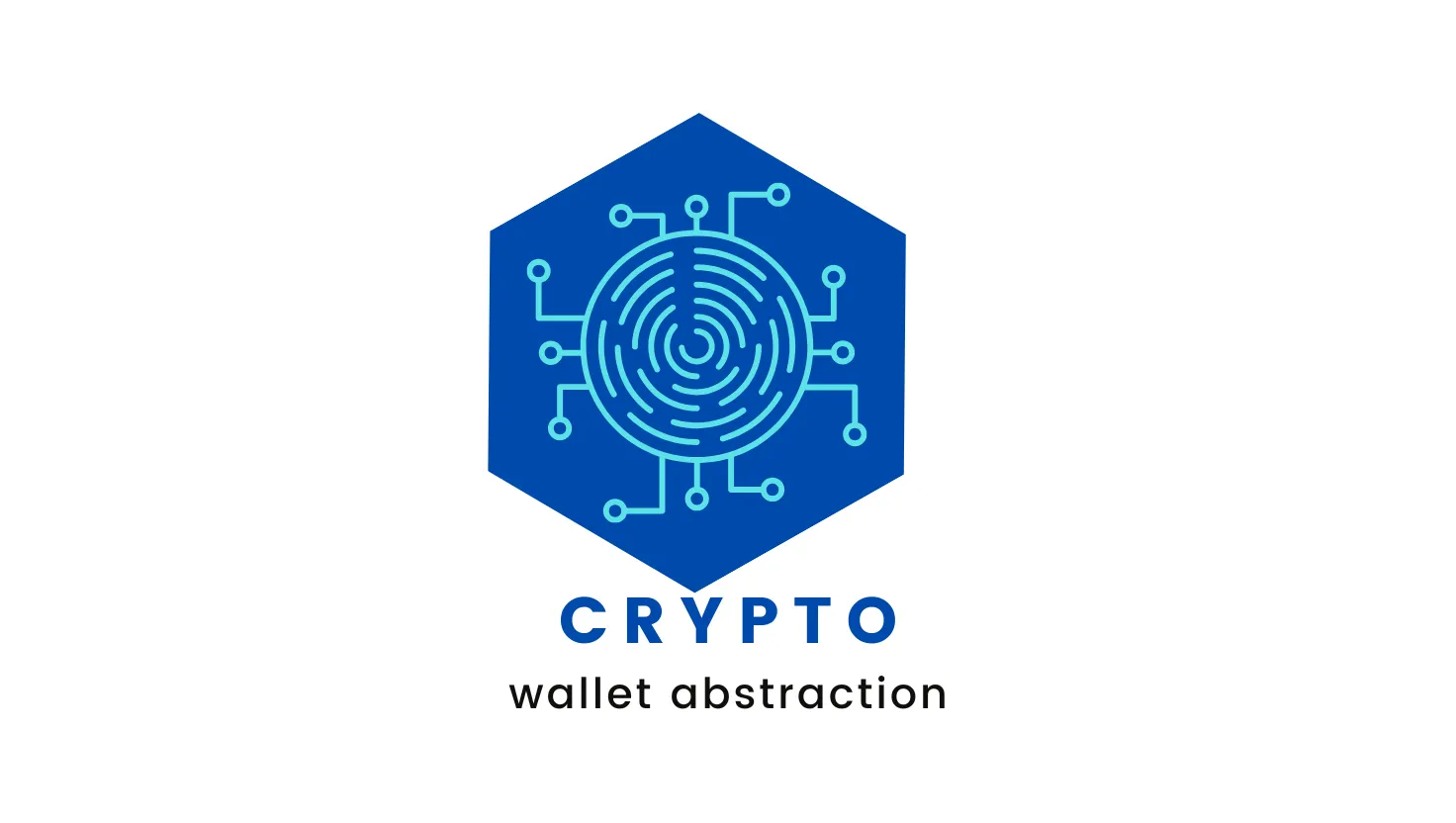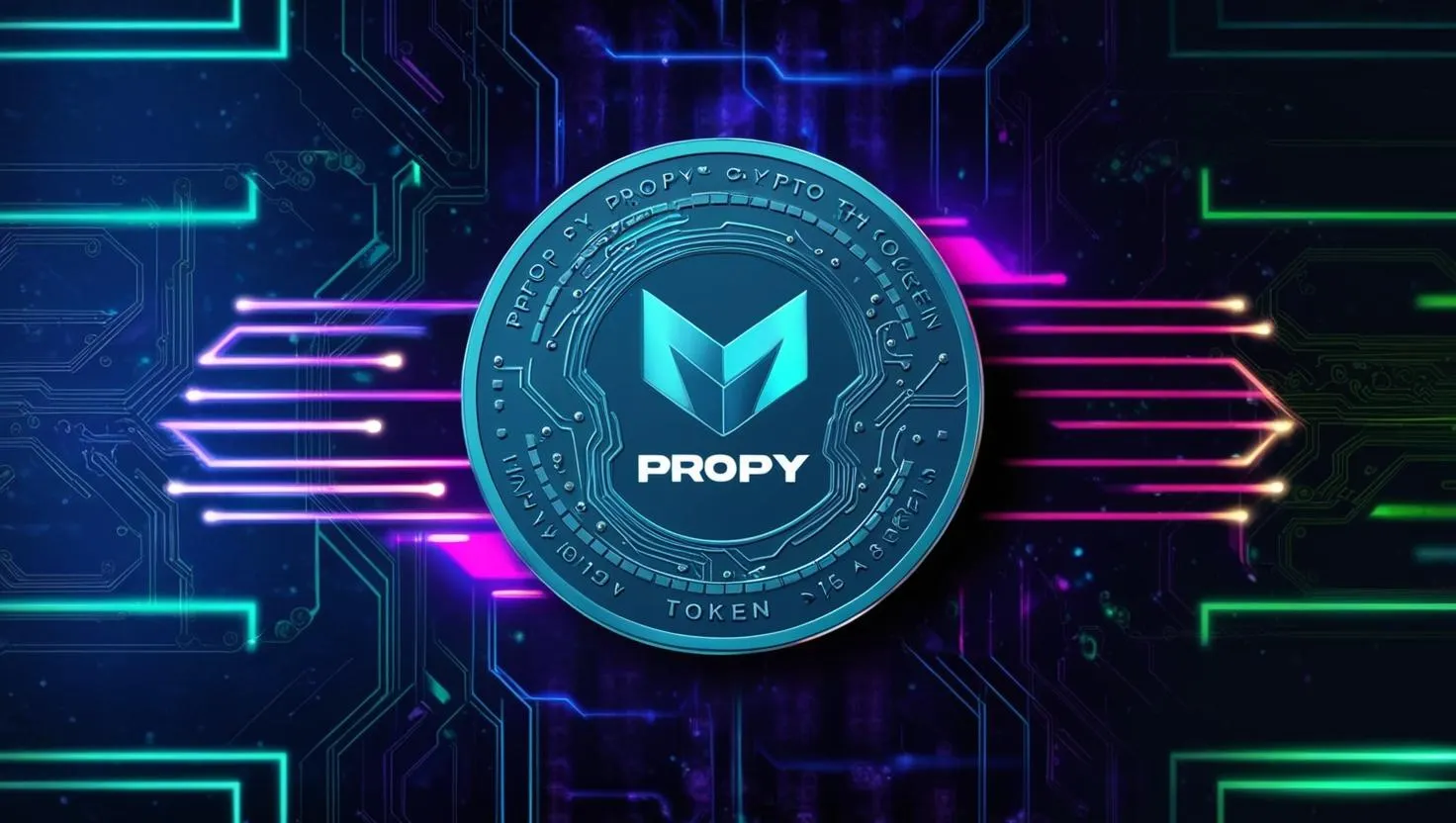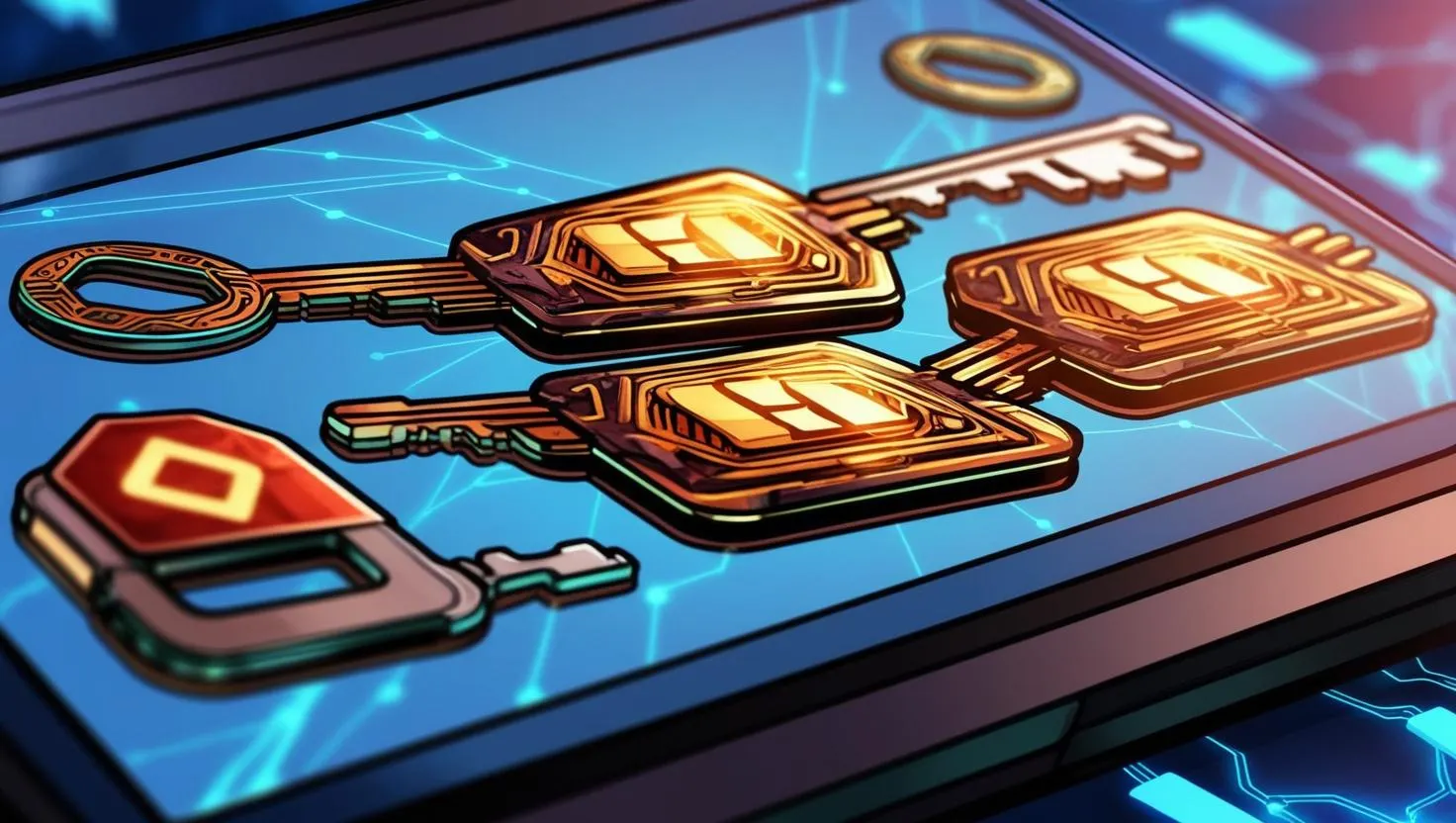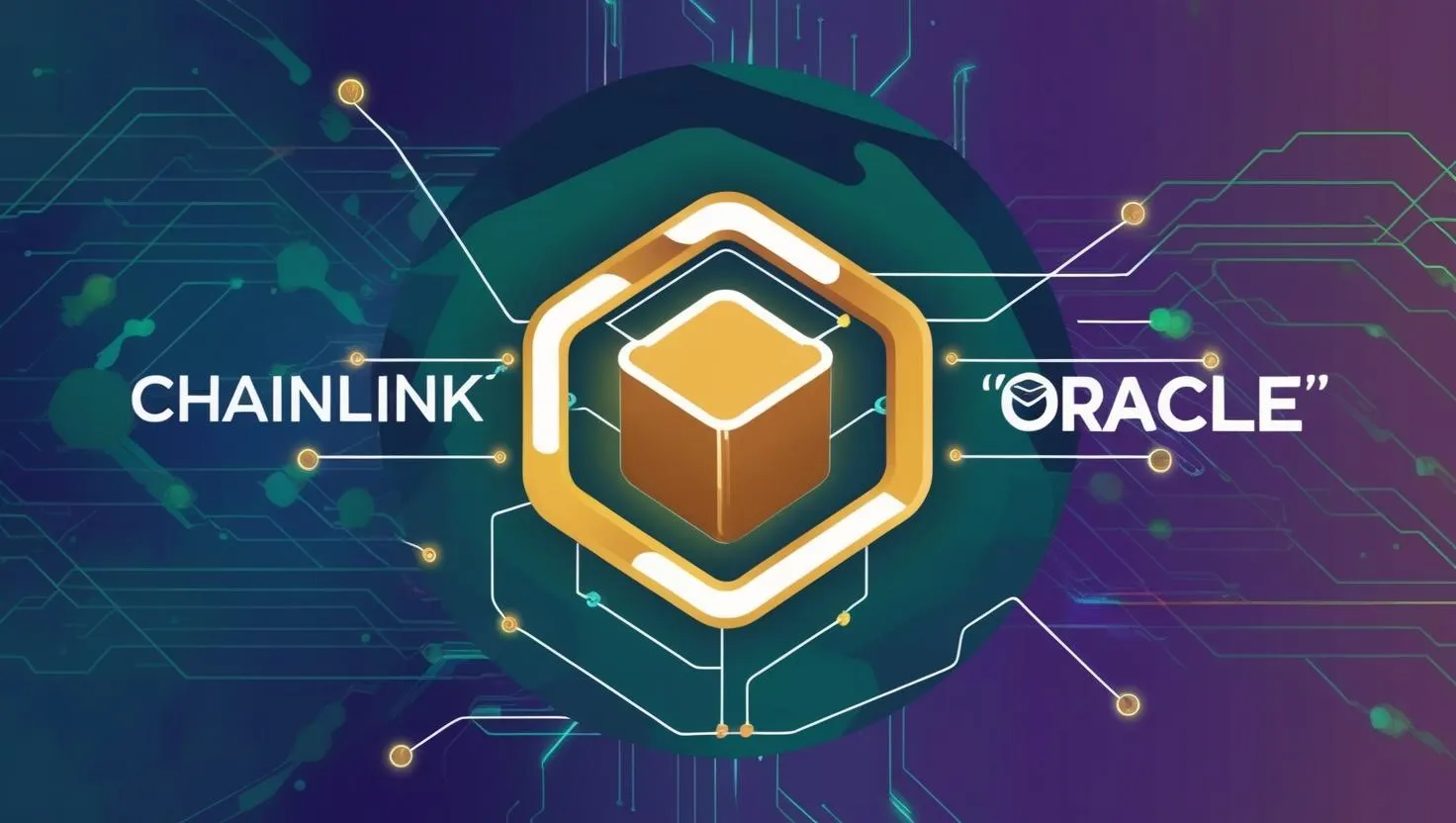Is Blockchain Breaking Apart? The Fragmentation Problem
Is Blockchain Breaking Apart? The Fragmentation Problem
Jan 31, 2025
Let's delve deeper into blockchain fragmentation; what is blockchain fragmentation and its solutions with examples:
1. Scalability Issues & Layer-2 Solutions:
- The Problem: Imagine a highway (the blockchain) getting congested with too many cars (transactions). Transactions become slow and expensive. Bitcoin, for example, has faced this issue.
- Layer-2 Solutions (Detours): These are like building new, faster roads alongside the main highway. They handle transactions off-chain, then bundle them and submit them to the main chain later. This reduces the load on the main chain.
- Examples:
- Lightning Network (Bitcoin): Allows for fast and cheap Bitcoin transactions between participants who have established a channel. These transactions aren't recorded on the main Bitcoin blockchain until the channel is closed.
- Polygon (Ethereum): A "sidechain" that runs parallel to the Ethereum mainnet. Users can move assets to Polygon, transact quickly and cheaply, and then bring them back to the Ethereum mainnet. This offloads processing from Ethereum.
- Fragmentation Effect: While Layer-2s improve speed and cost, they create a fragmented landscape. Users might have assets on the main chain and on various Layer-2s, potentially complicating things. It's like having money in different banks – you need to manage multiple accounts.
2. Forking:
- The Problem: Imagine a company (the blockchain community) disagreeing on its direction. They split, forming two separate companies (two blockchains), each with its own rules.
- Examples:
- Bitcoin vs. Bitcoin Cash: A disagreement about block size led to a fork, creating Bitcoin Cash. Both blockchains share a history up to the point of the fork but are now distinct.
- Ethereum vs. Ethereum Classic: A disagreement about how to handle a hack led to a fork, creating Ethereum Classic.
- Fragmentation Effect: Forks create entirely separate blockchains. If you held Bitcoin before the Bitcoin Cash fork, you then had both Bitcoin and Bitcoin Cash. This can be confusing for users and can dilute the value of the original chain.

3. Interoperability Challenges:
- The Problem: Imagine trying to use a phone that only works with other phones from the same manufacturer. Different blockchains are like this – they often can't "talk" to each other easily.
- Examples: Transferring Bitcoin to the Ethereum blockchain used to be complex, often requiring centralized exchanges.
- Fragmentation Effect: This creates "silos" of blockchain ecosystems. It limits the flow of assets and information and hinders the development of applications that need to interact with multiple blockchains.
Detailed Solutions with Examples:
- Cross-Chain Bridges (Connecting the Silos): These are like translators between blockchains. They allow you to move assets from one chain to another.
- Example: The "Wrapped Bitcoin" (wBTC) project allows you to use Bitcoin on the Ethereum blockchain. wBTC is a token on Ethereum that is "pegged" to the value of Bitcoin. This is facilitated by a bridge that locks Bitcoin on the Bitcoin blockchain and issues an equivalent amount of wBTC on Ethereum.
- Challenges: Bridges can be vulnerable to hacks. If the bridge is compromised, the assets locked on the original chain could be lost.
- Standardized Protocols (Universal Translators): Imagine everyone agreeing to speak the same language. Standardized protocols aim to do this for blockchains.
- Example: Projects like IBC (Inter-Blockchain Communication) aim to create a standard way for different blockchains to communicate and exchange data.
- Unified Platforms (One-Stop Shops): These platforms try to abstract away the complexity of dealing with multiple blockchains.
- Example: Some wallets are starting to support multiple blockchains, allowing you to manage assets across different chains in one place. Similarly, some decentralized applications (dApps) are being designed to work with multiple blockchains.
- Atomic Swaps (Direct Exchanges): These allow for the direct exchange of cryptocurrencies between different blockchains without relying on a centralized exchange.
- Example: You could potentially swap Bitcoin for Litecoin directly, without needing to trust a third party.
- Challenges: Atomic swaps can be technically complex to implement.
In summary: Blockchain fragmentation is a multifaceted problem. The solutions are evolving, and a combination of technical advancements, standardization efforts, and improved user experiences will be necessary to create a more unified and interoperable blockchain ecosystem. It's an ongoing process, and the landscape is constantly changing.




